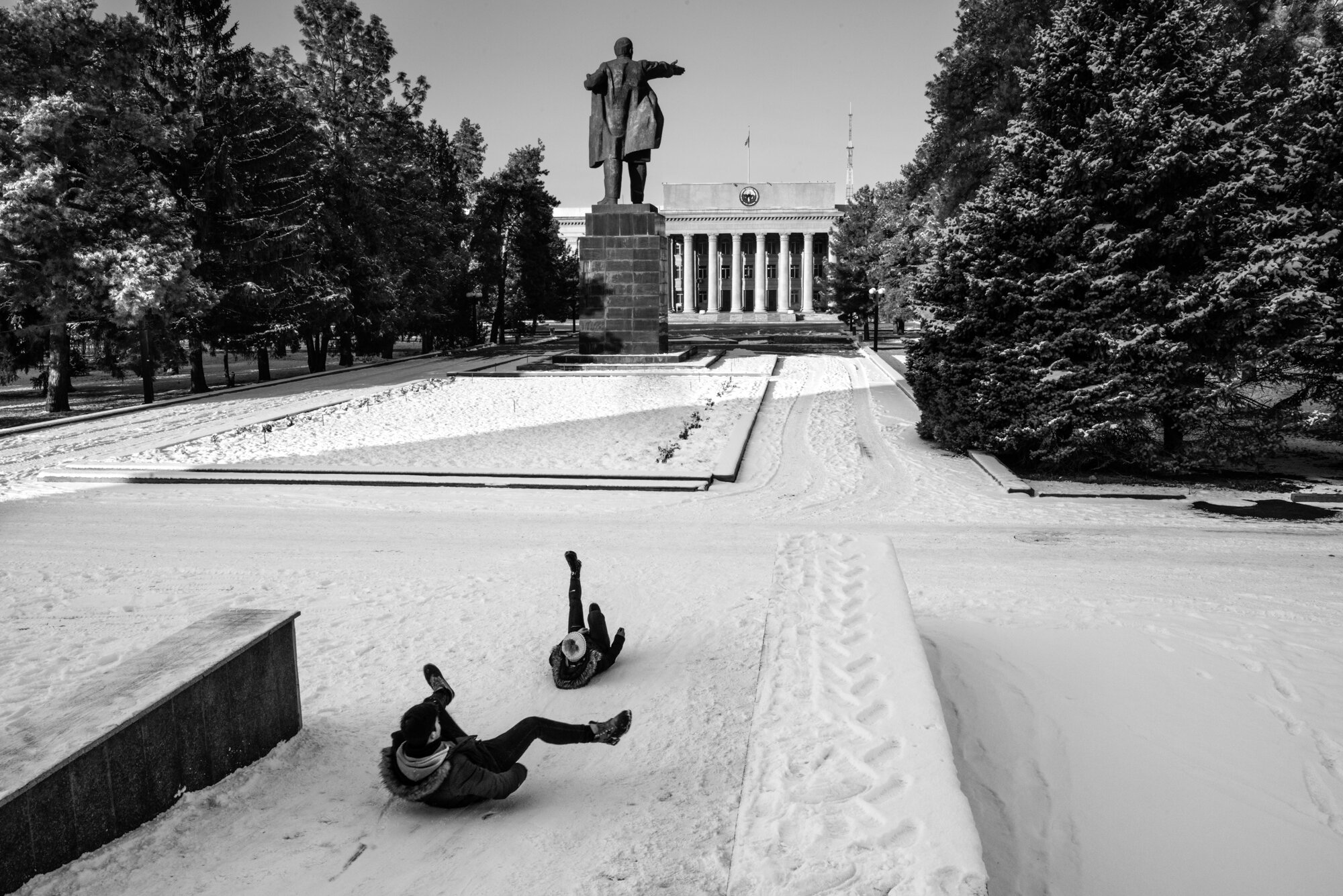

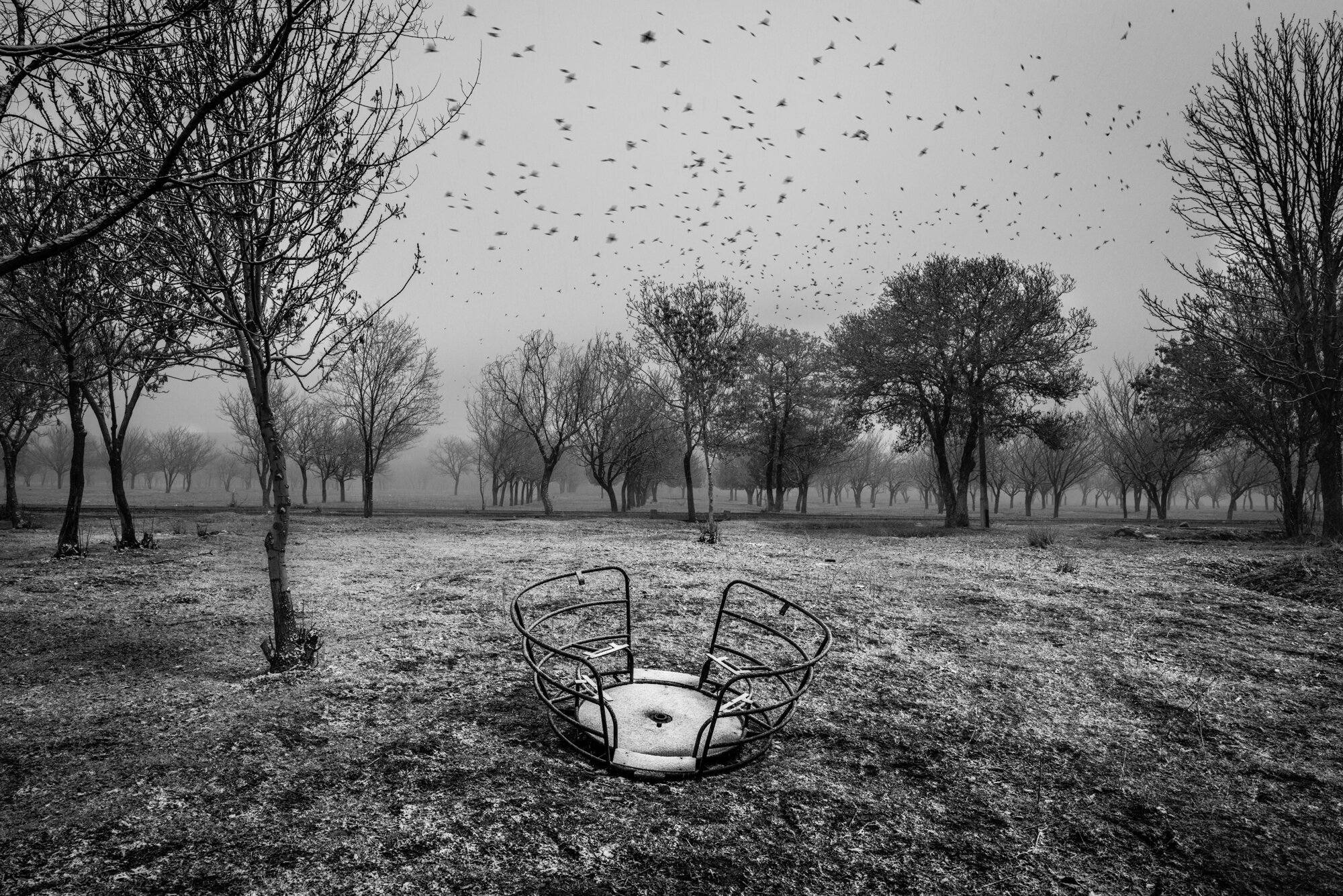
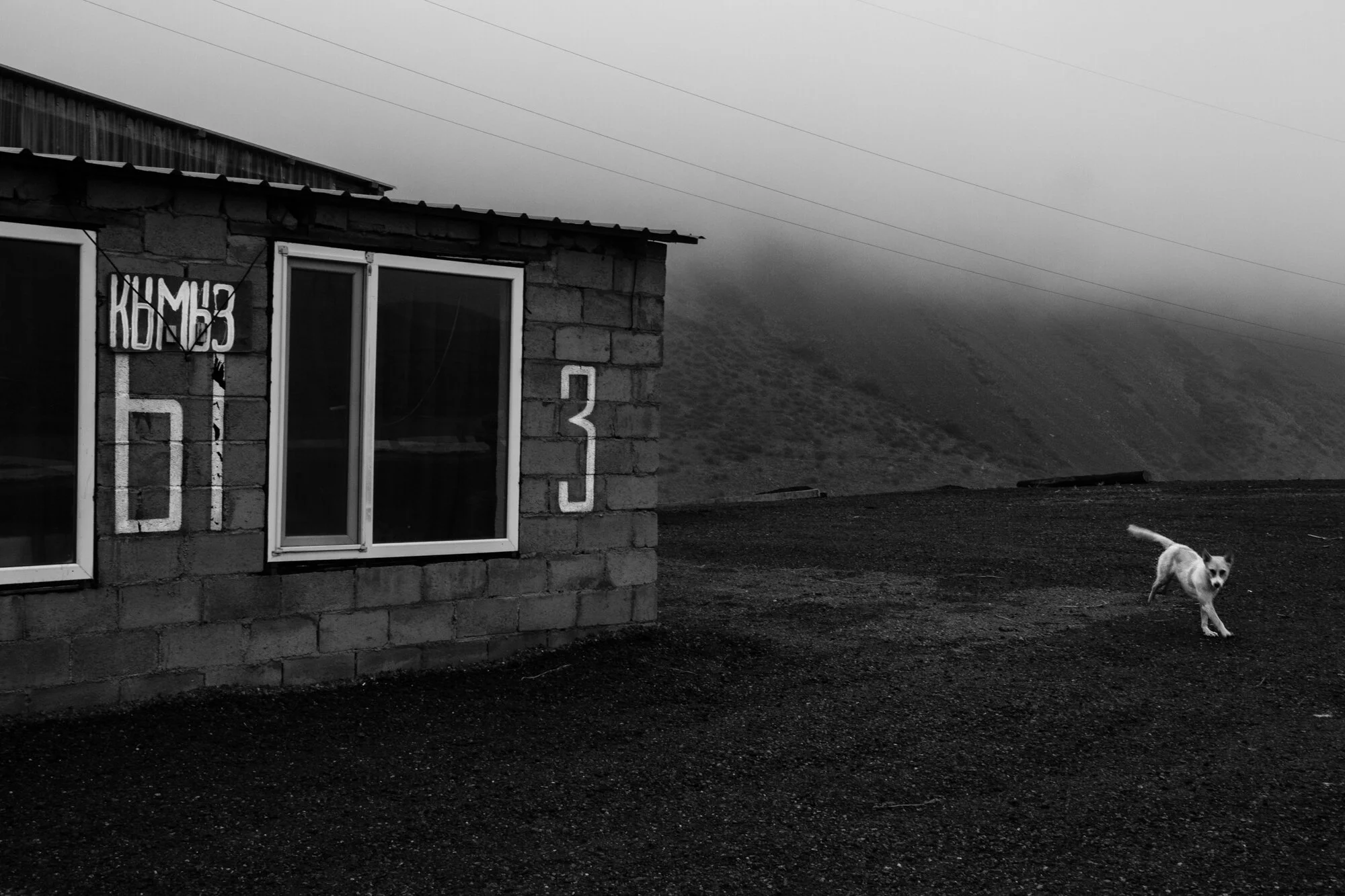
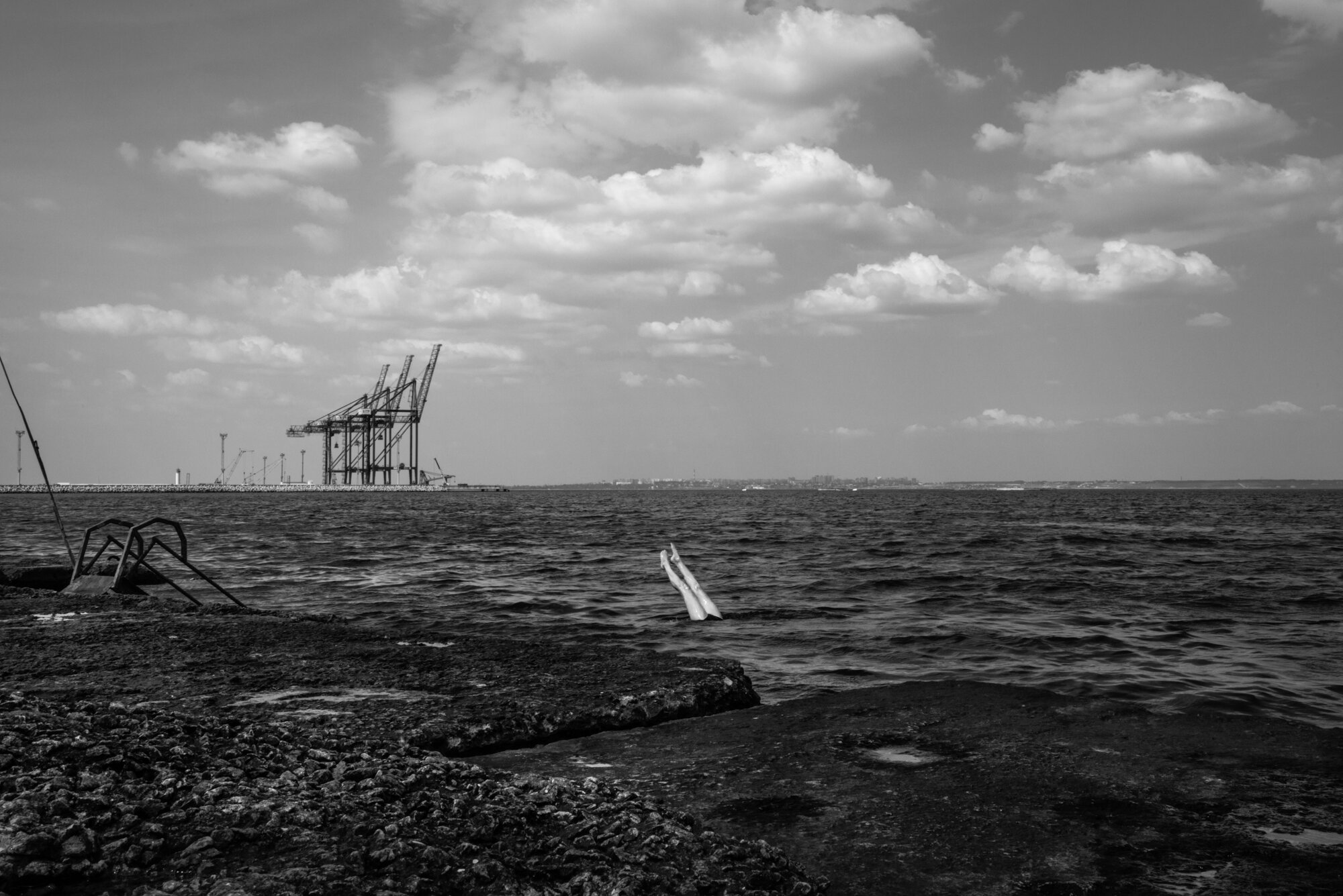
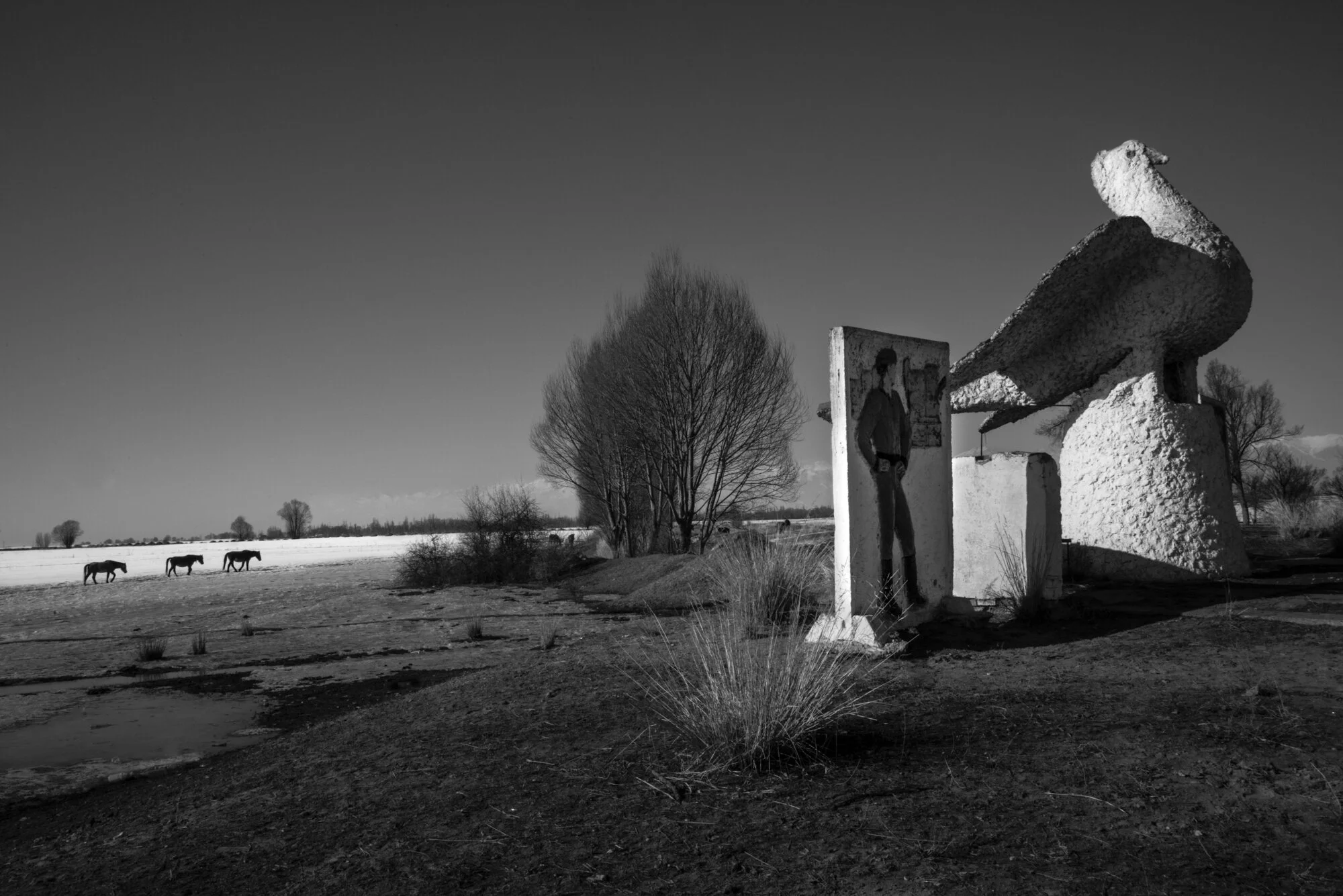
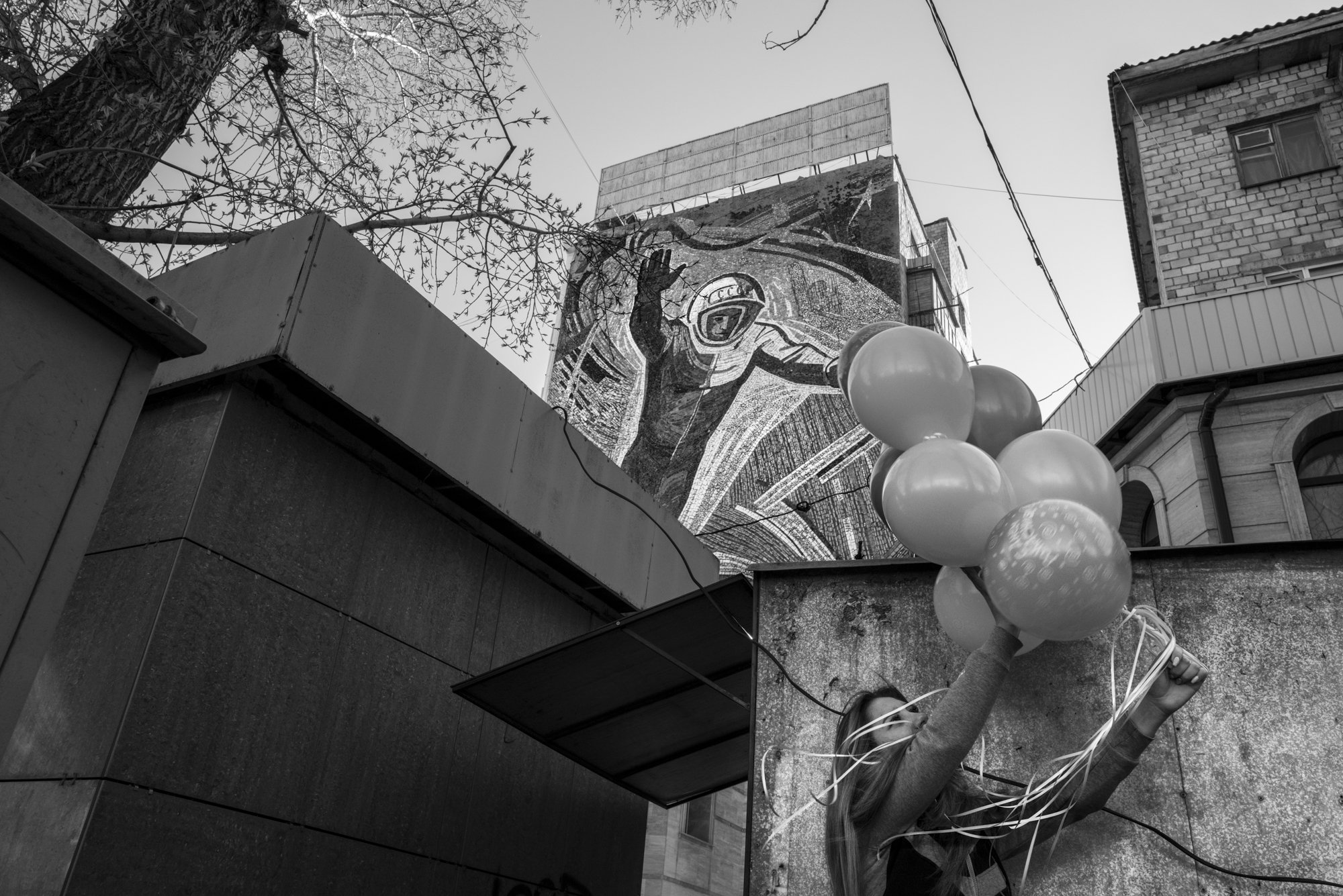
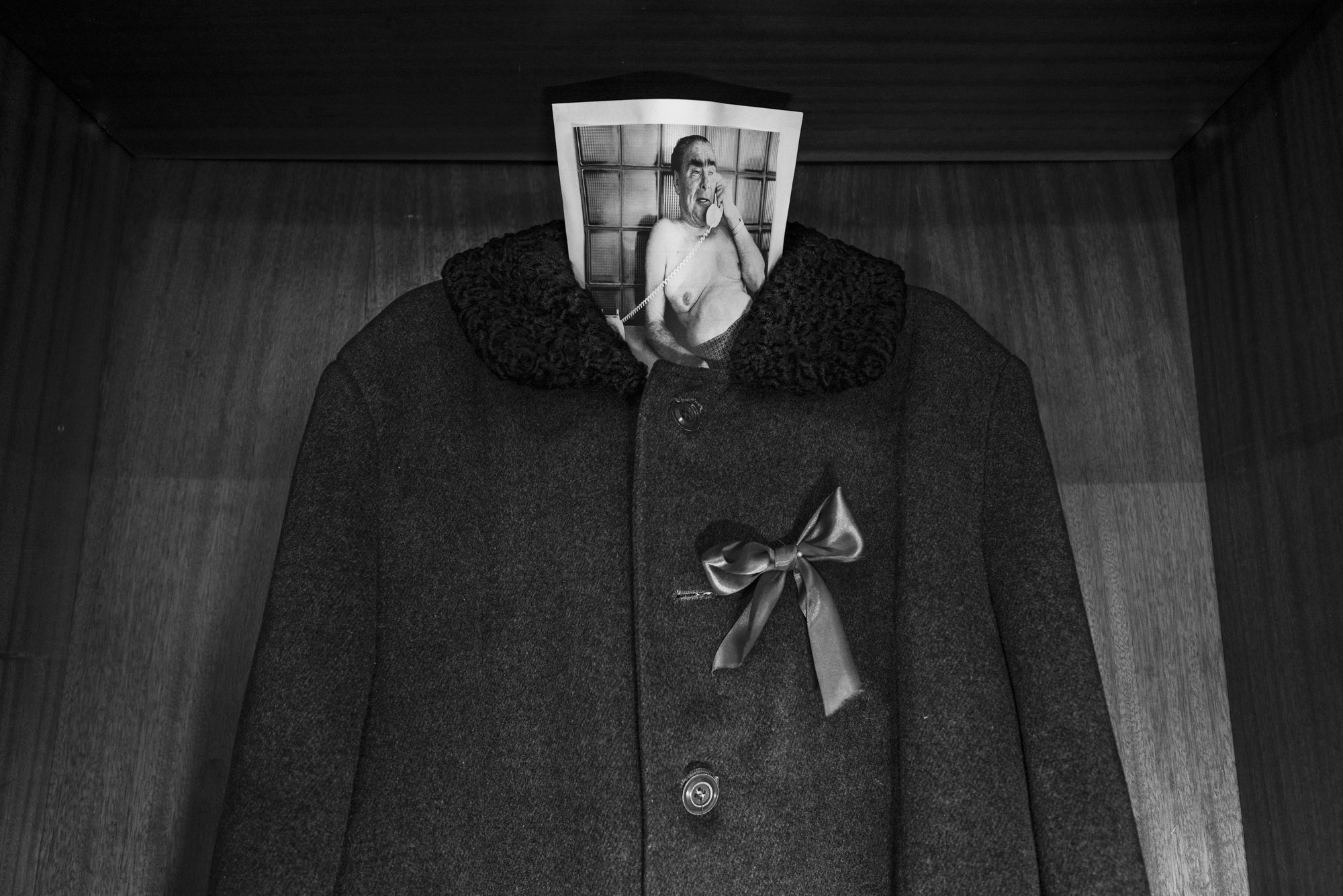
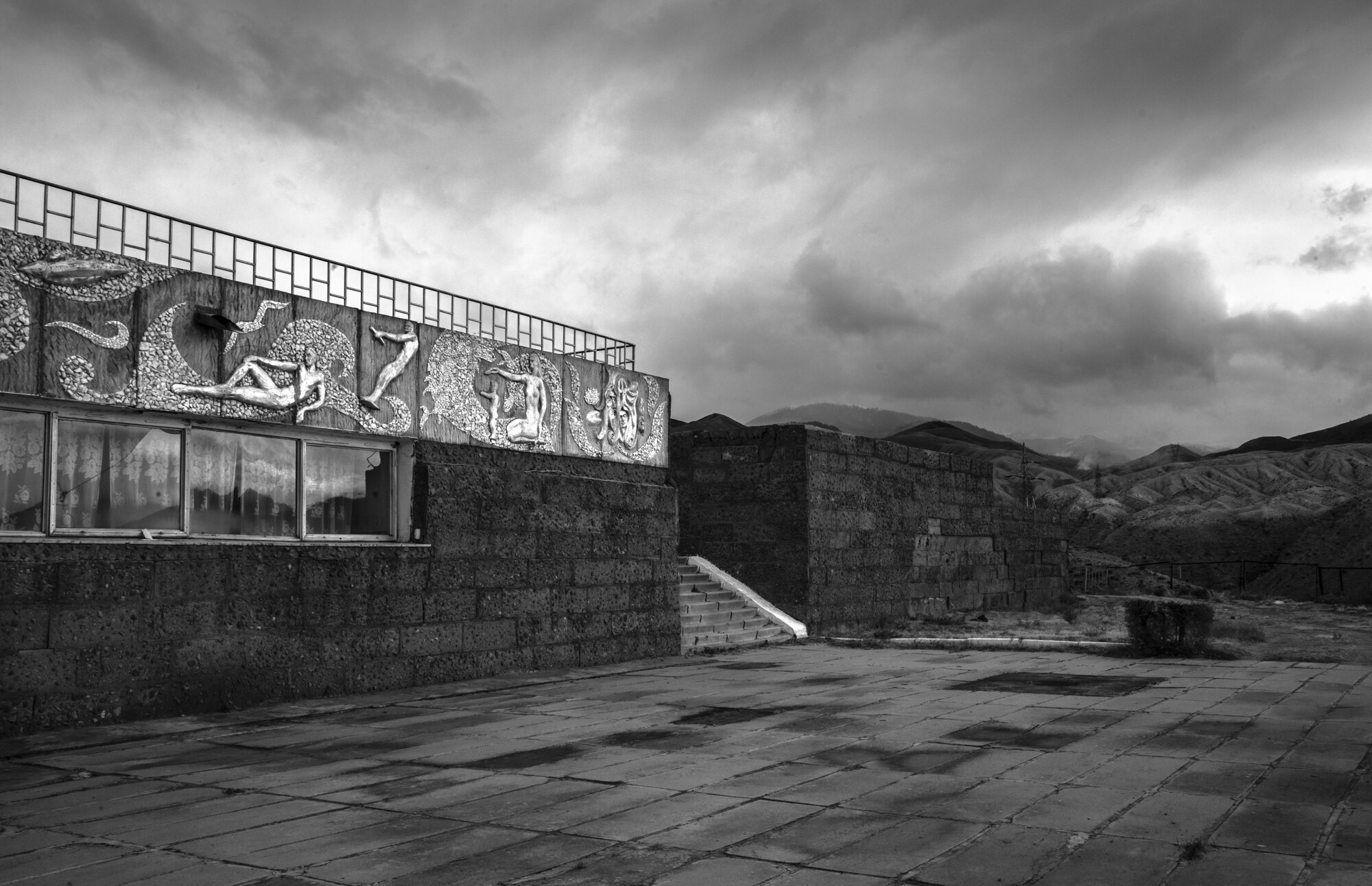
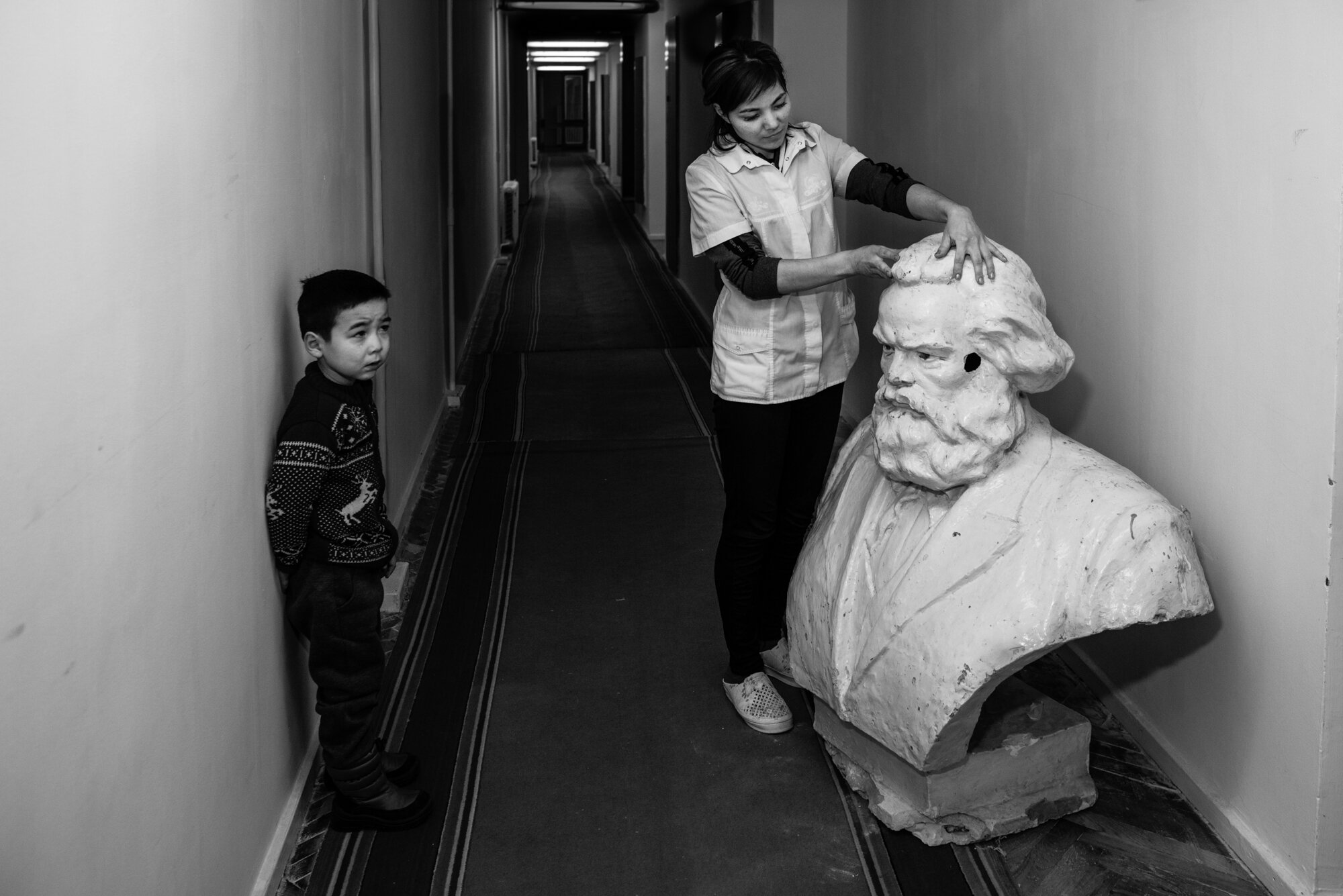
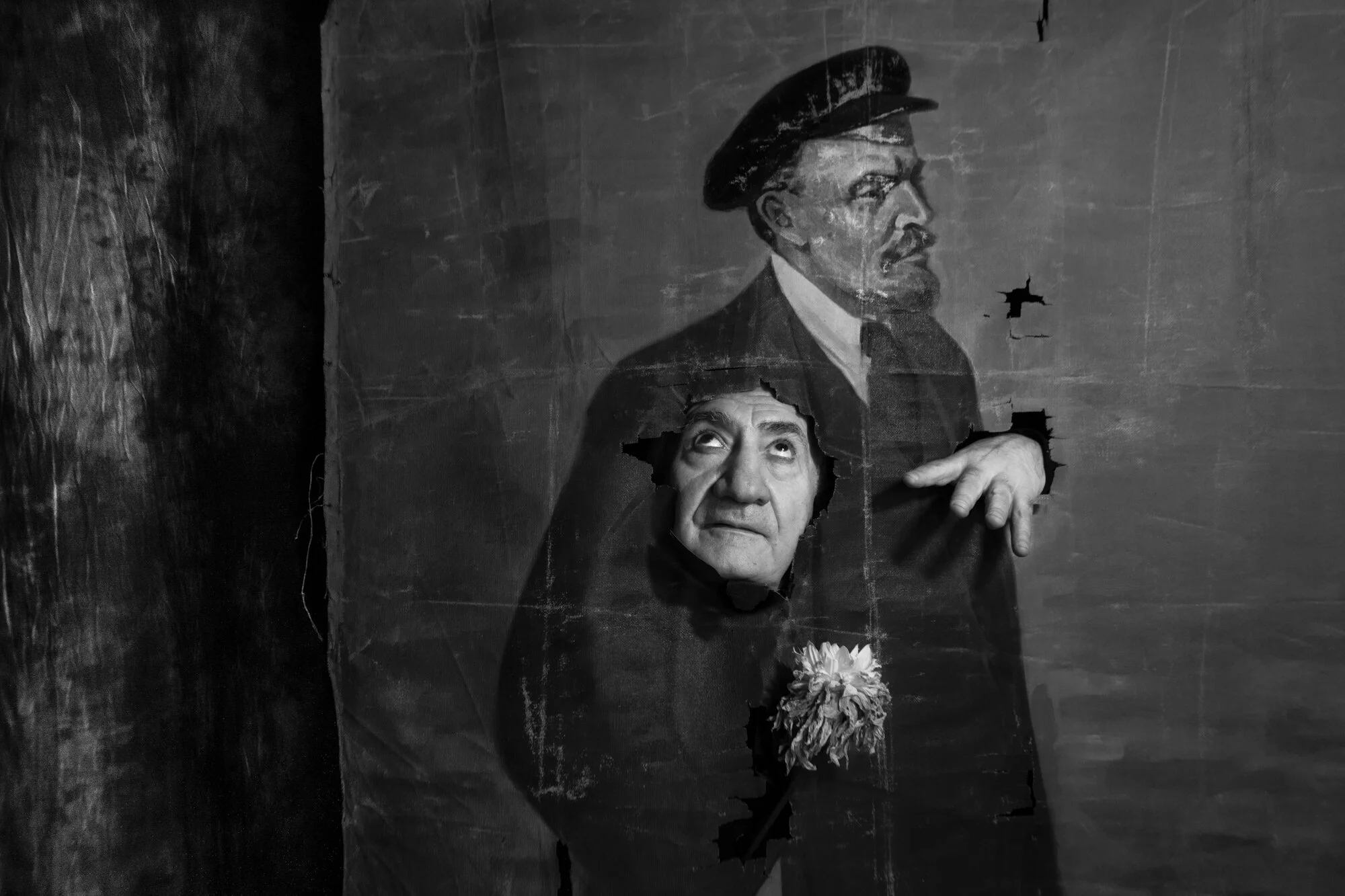
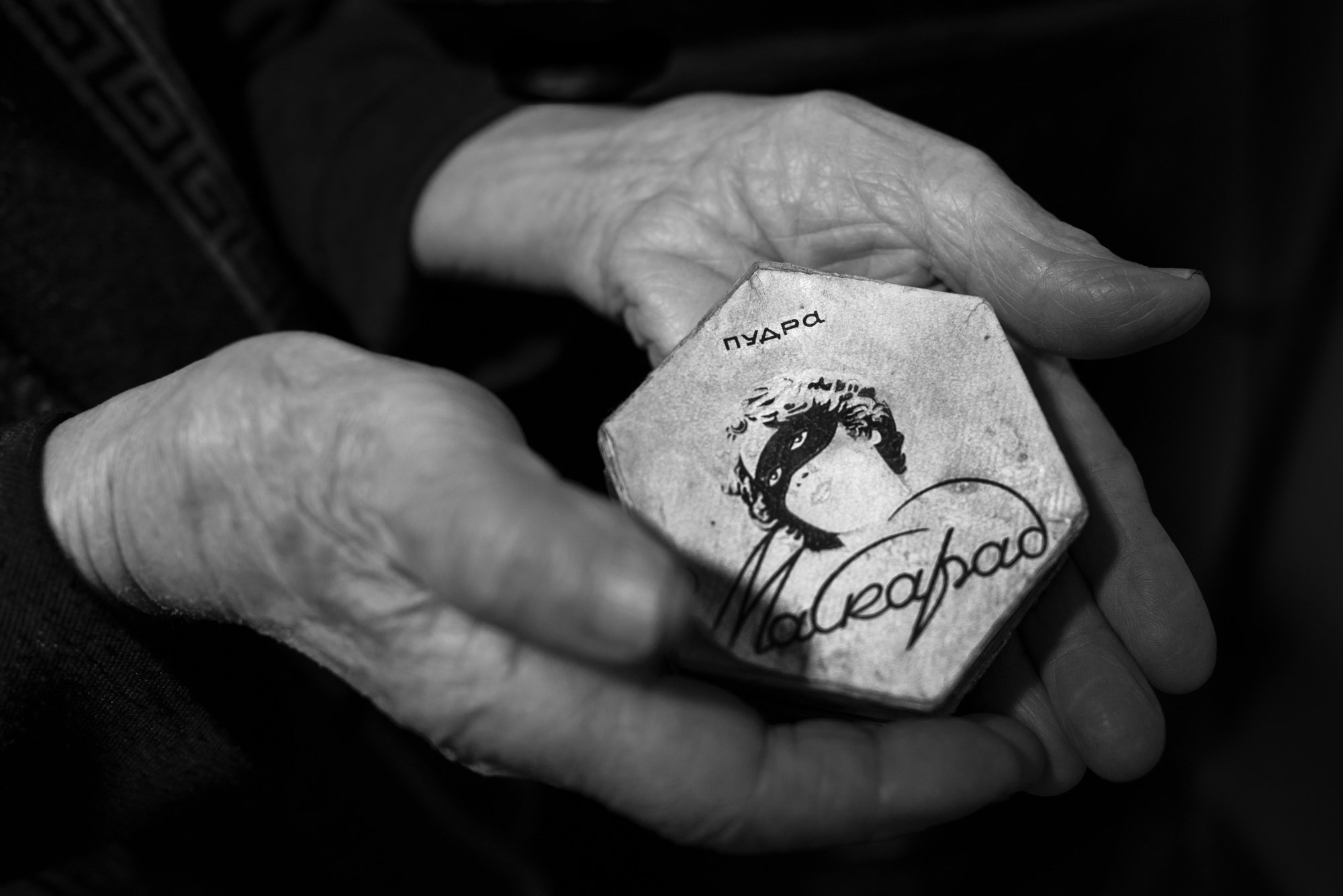
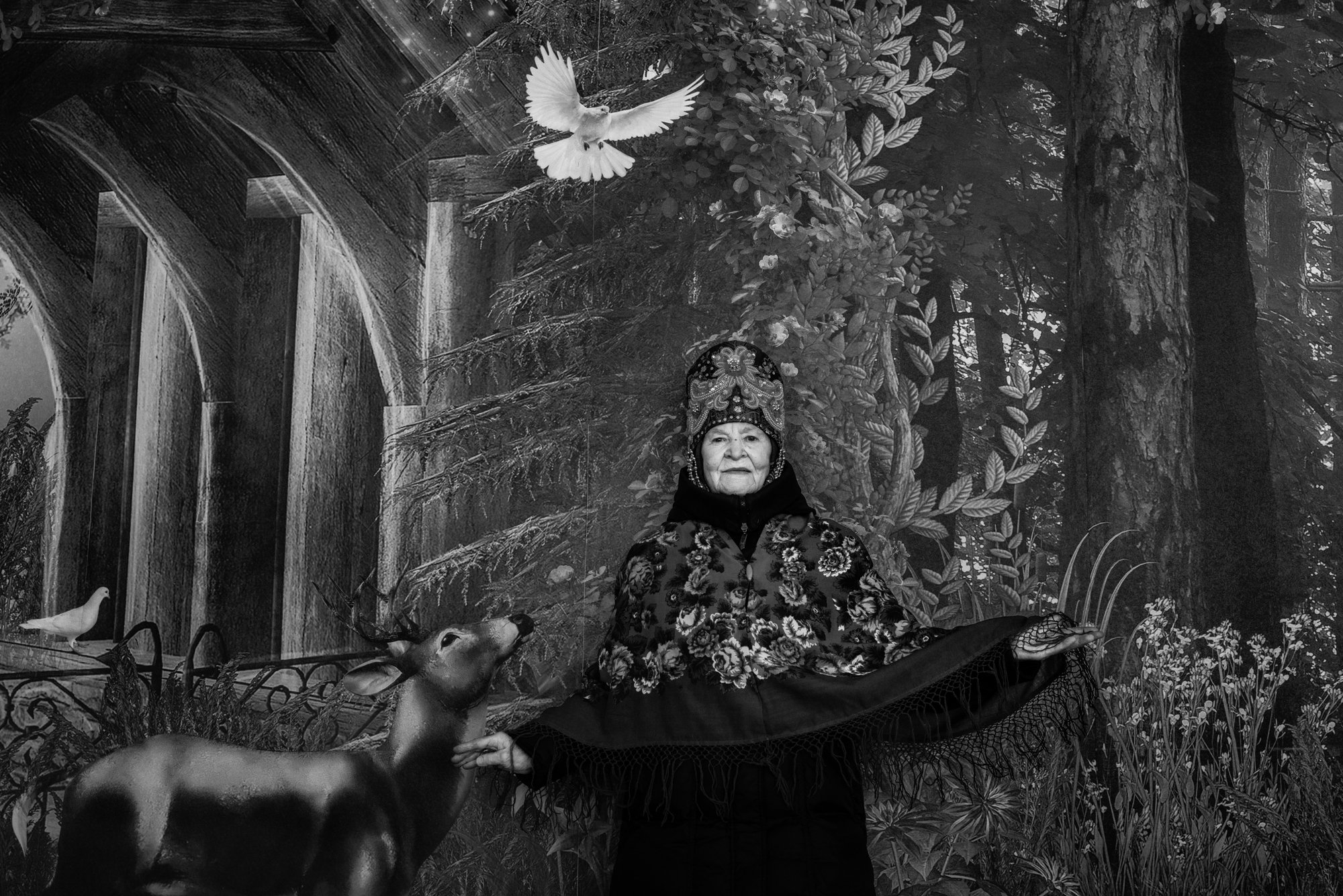
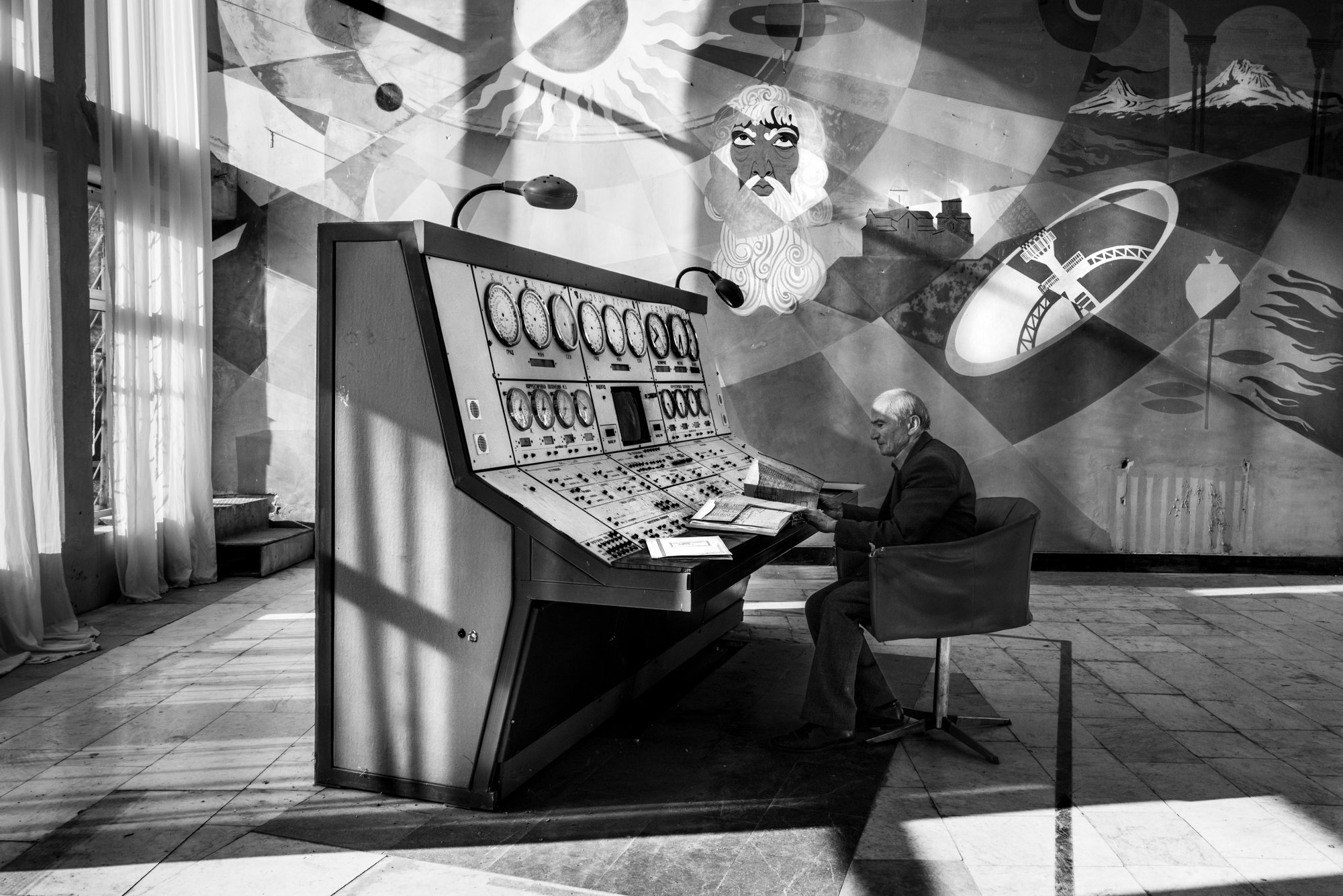

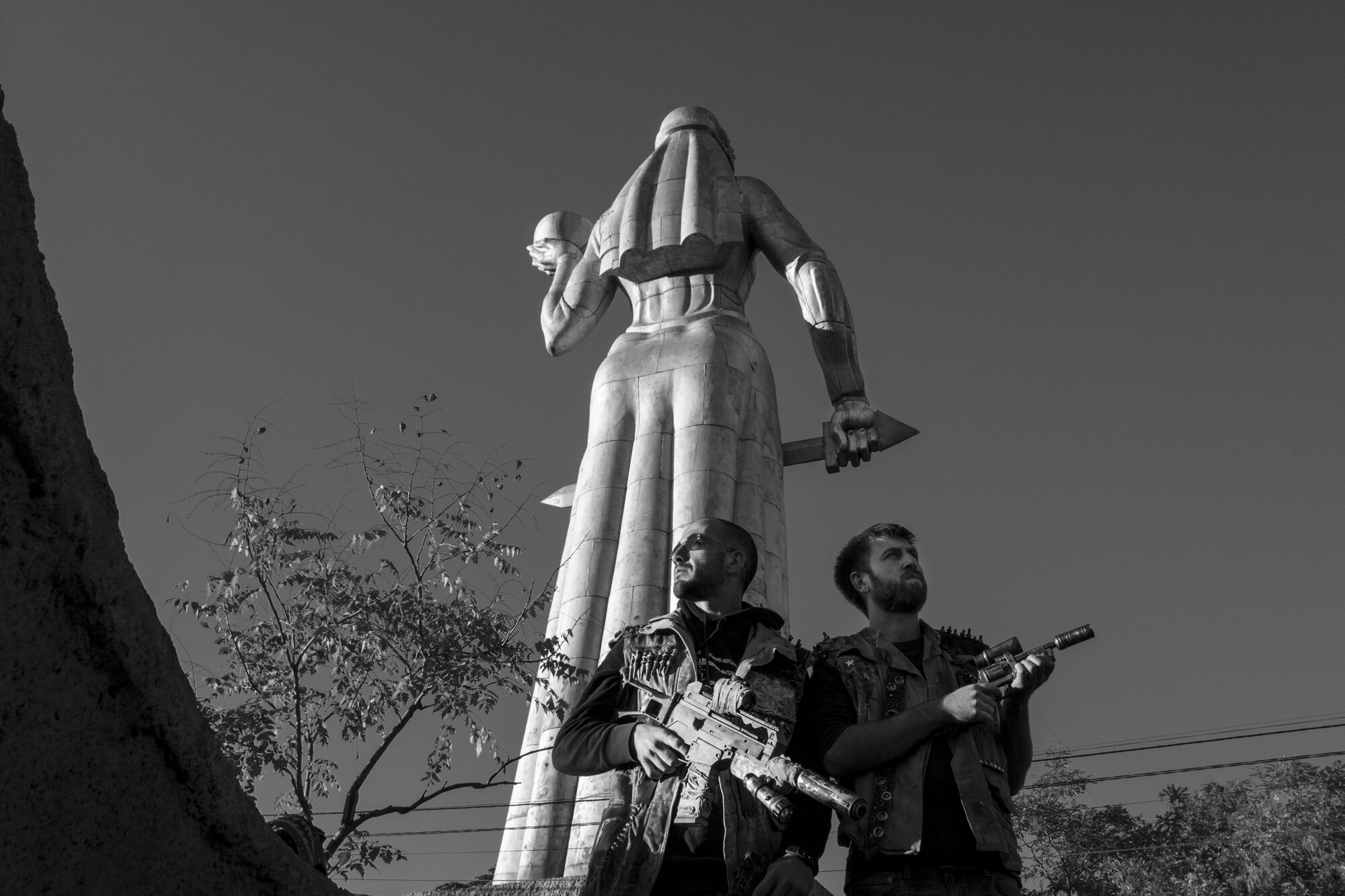
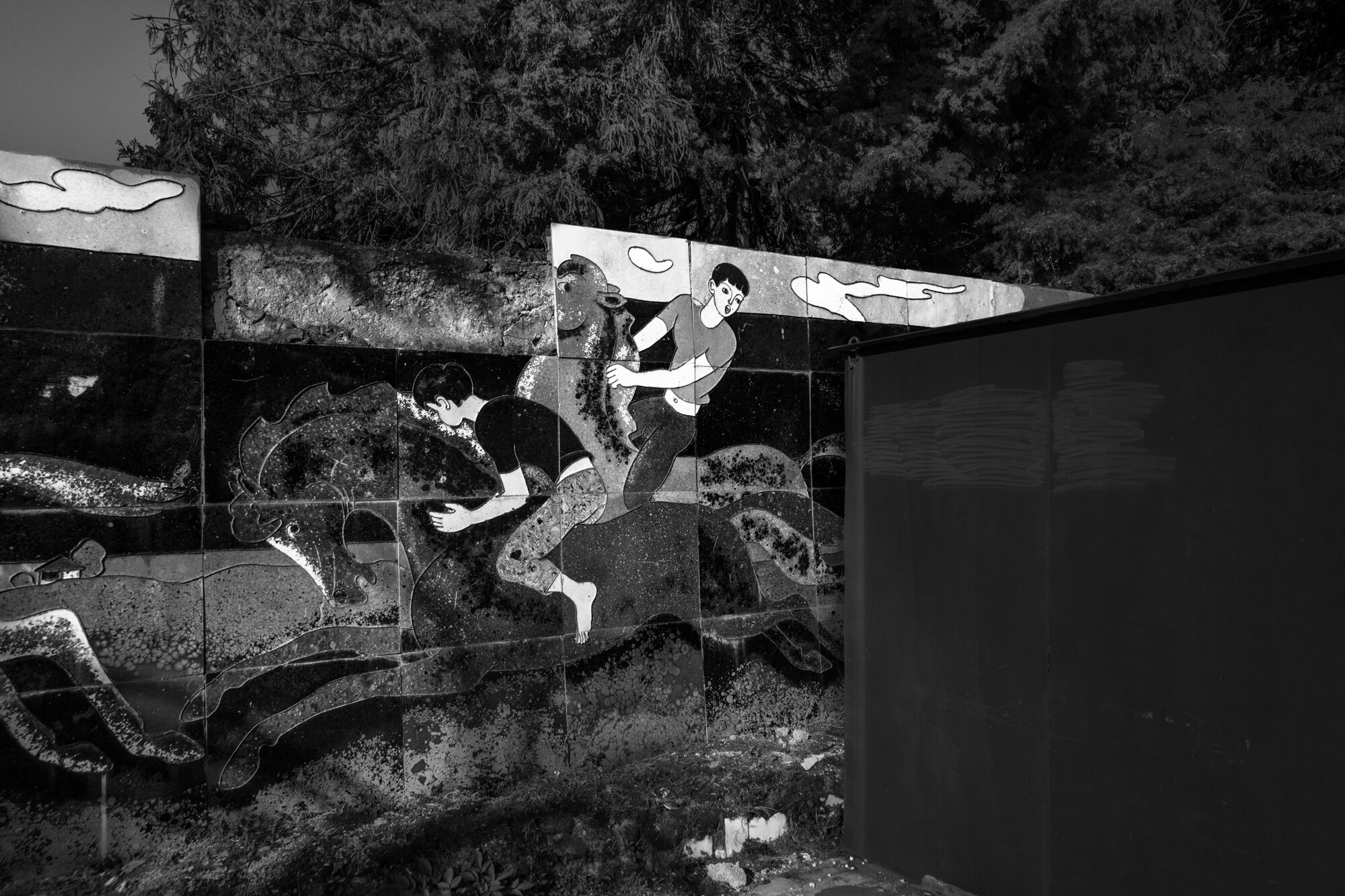

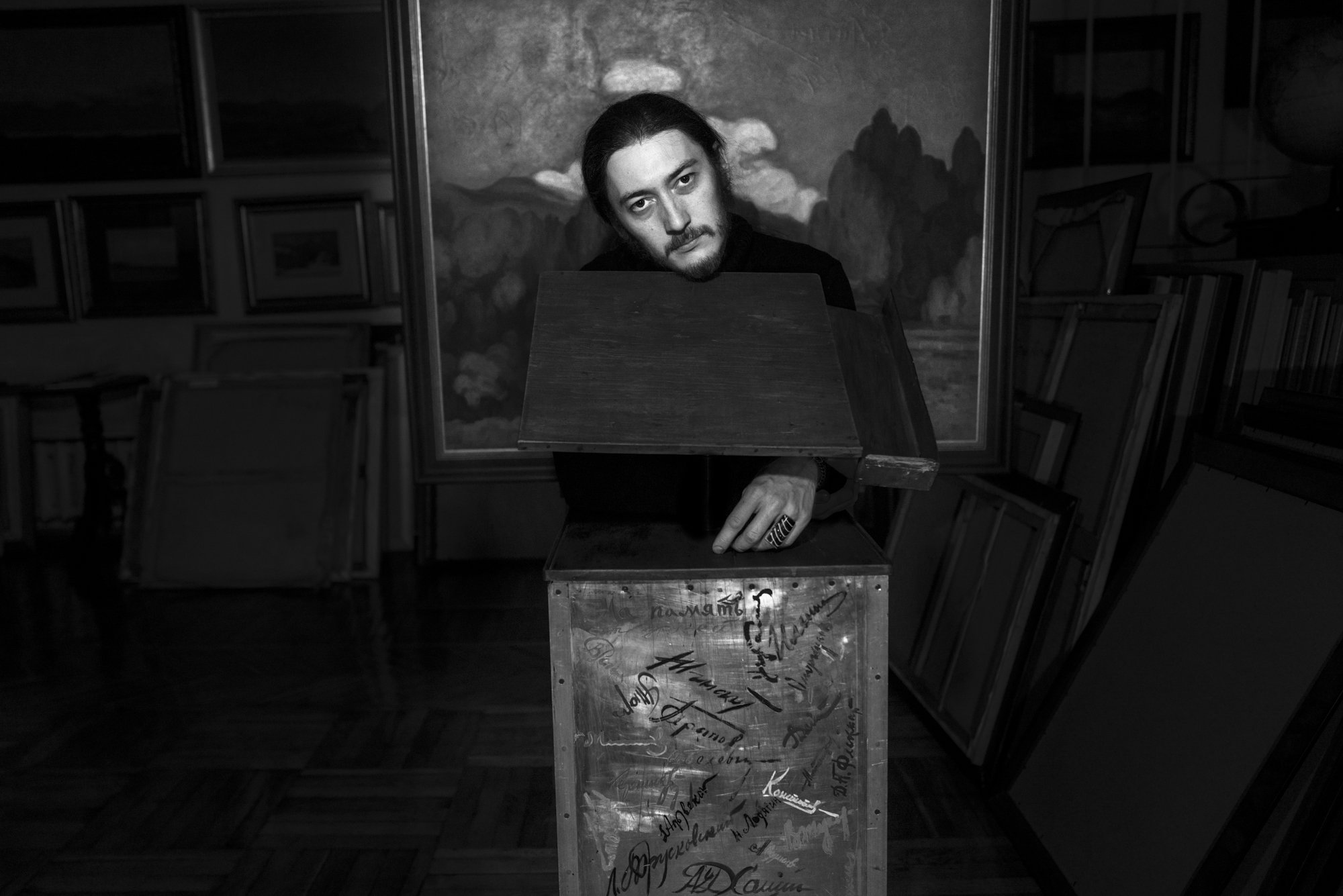
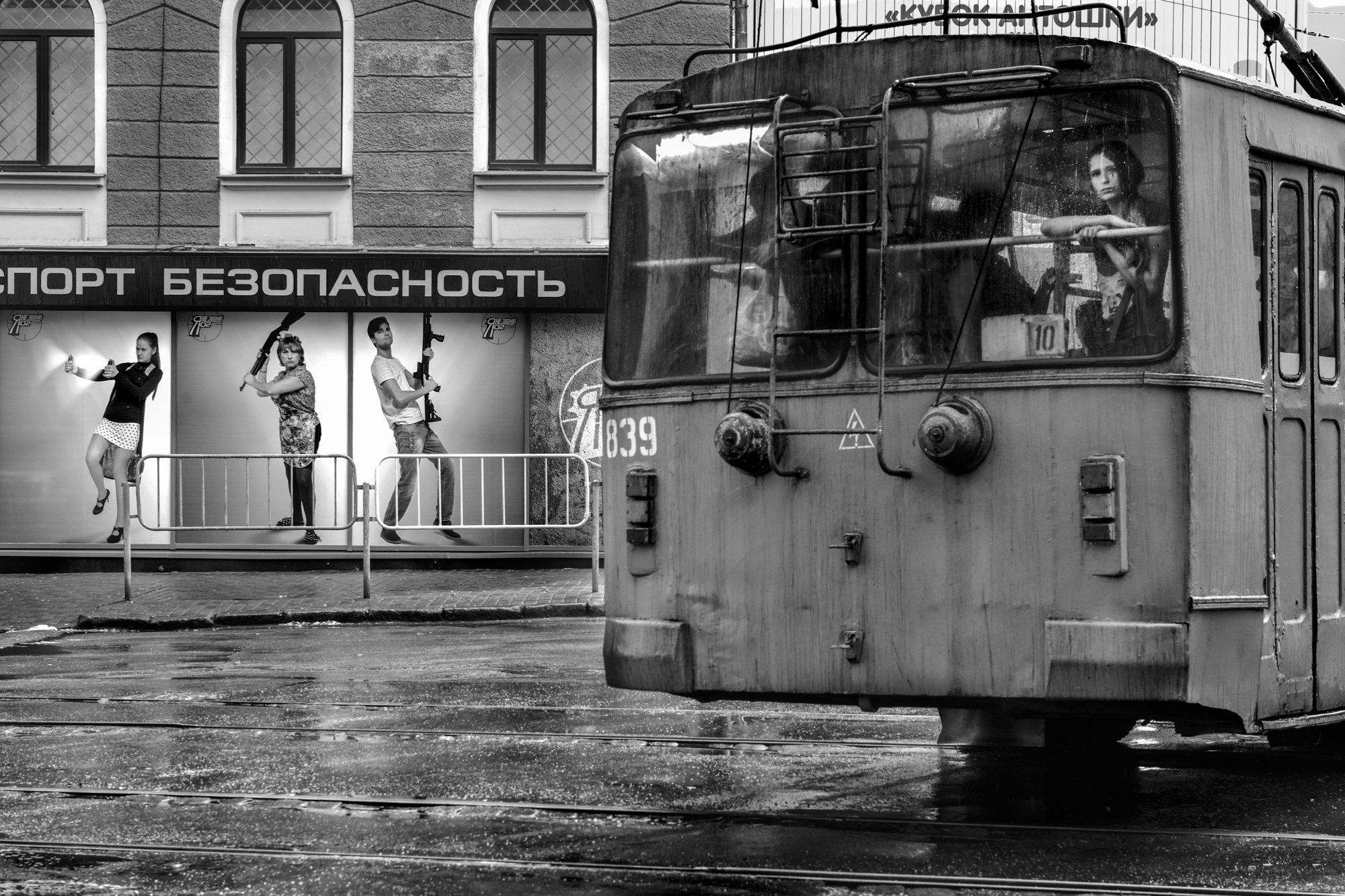
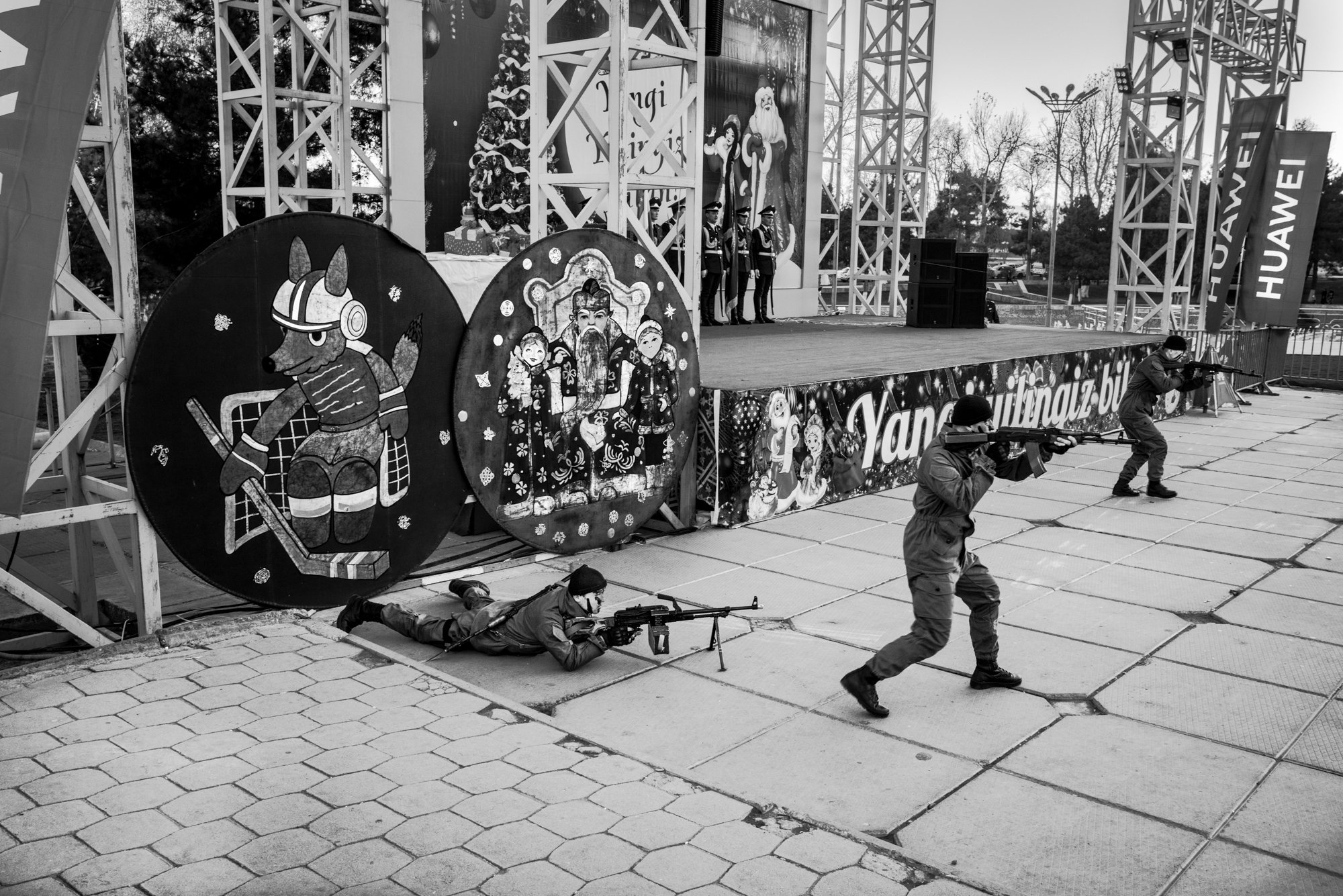


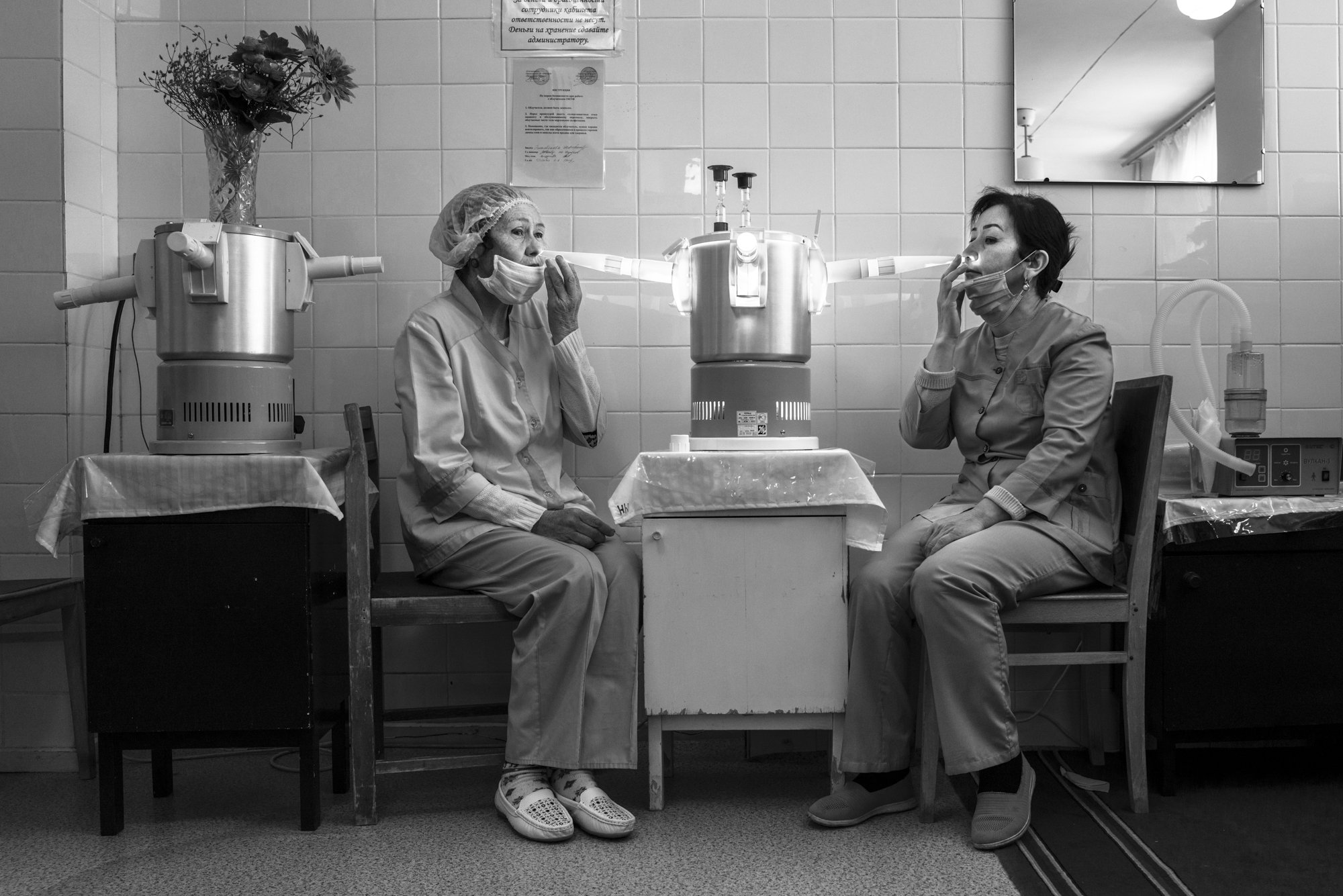

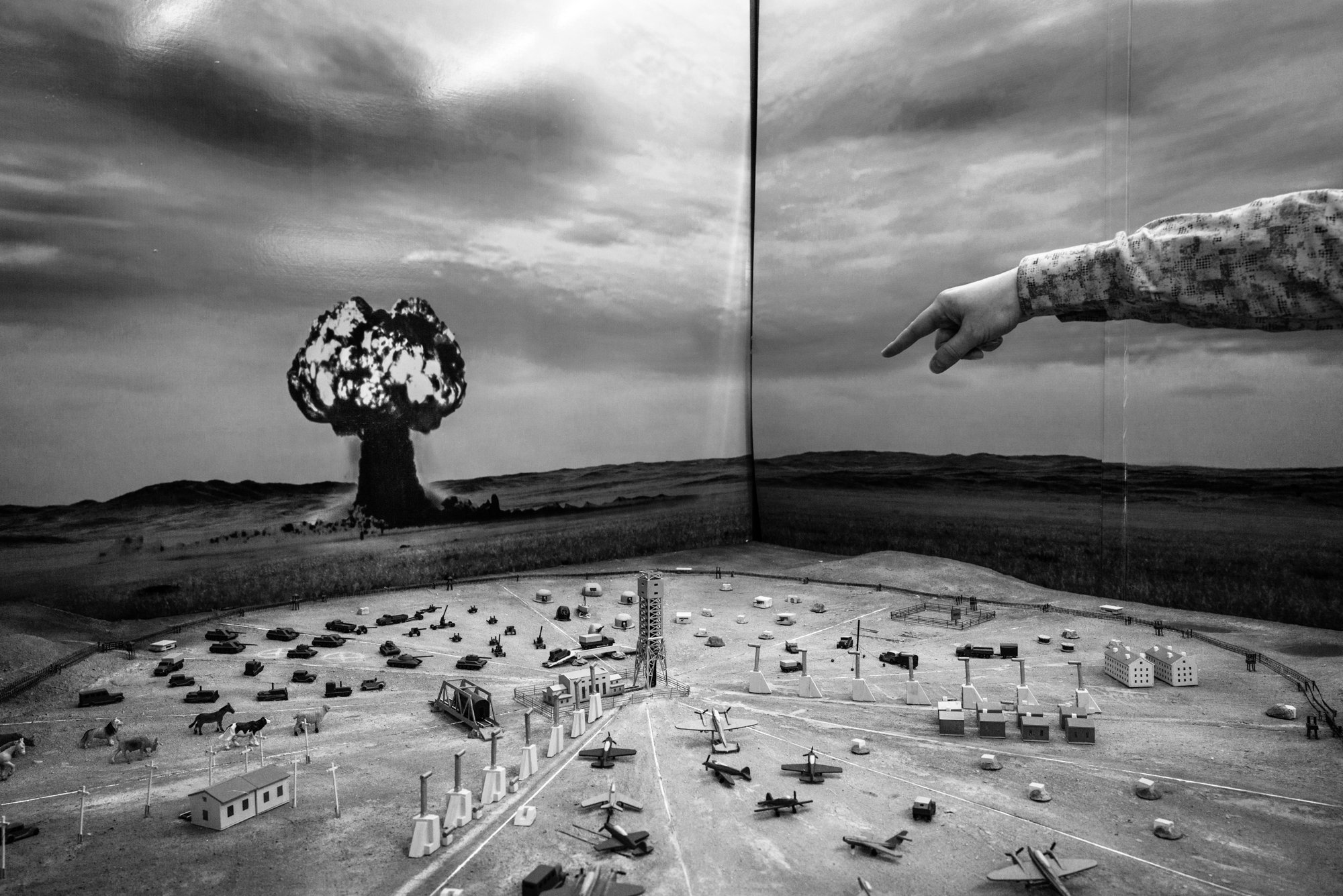

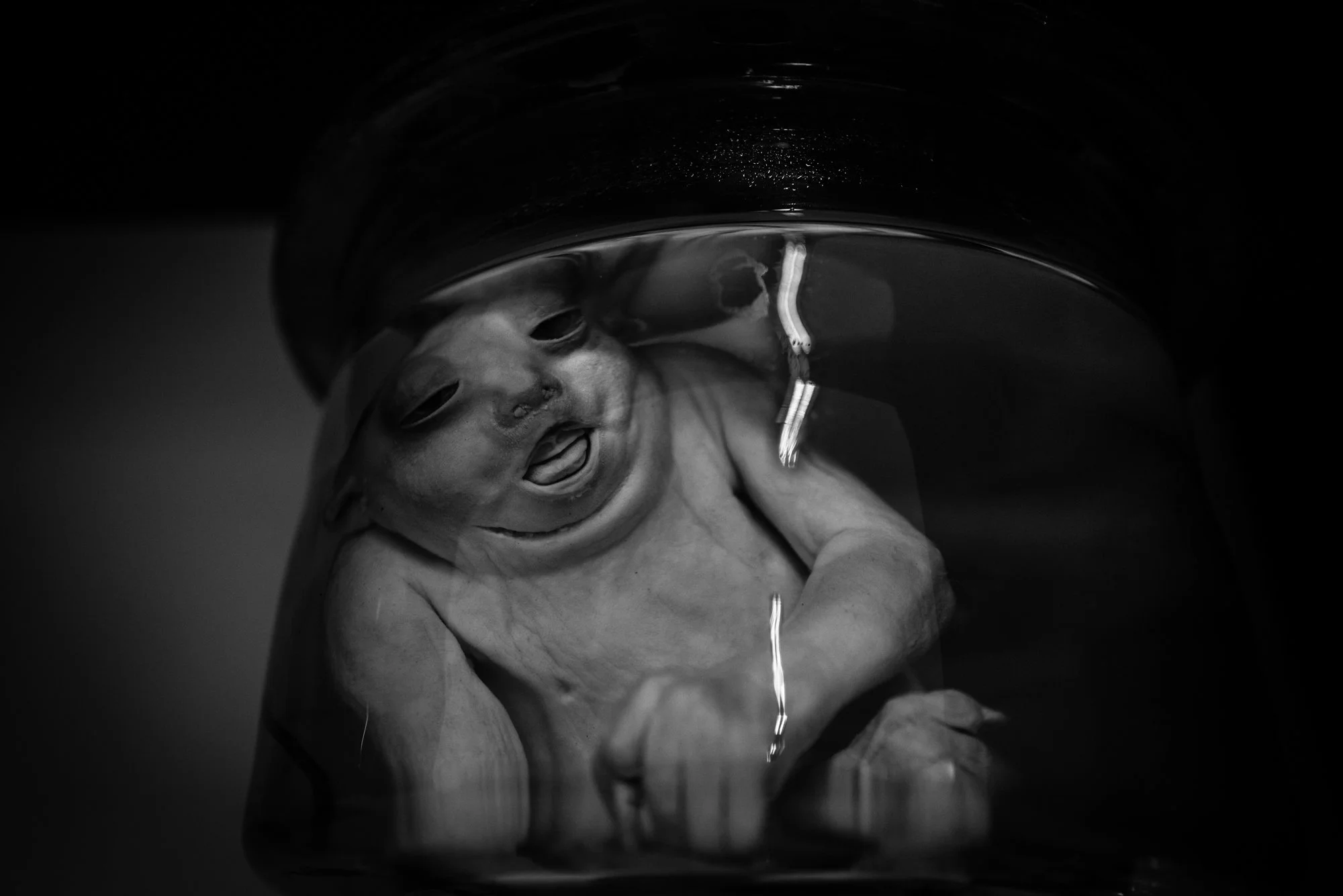
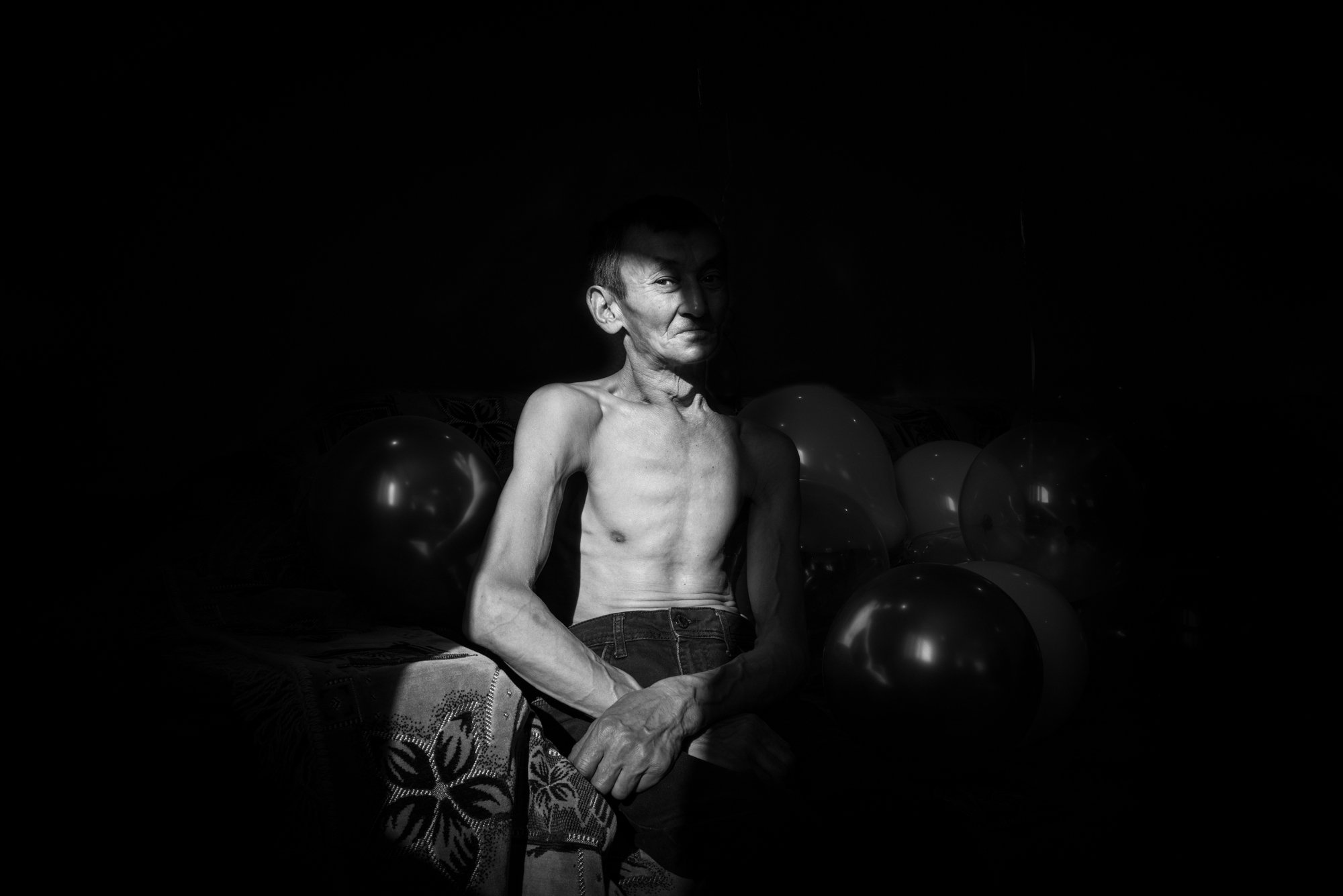
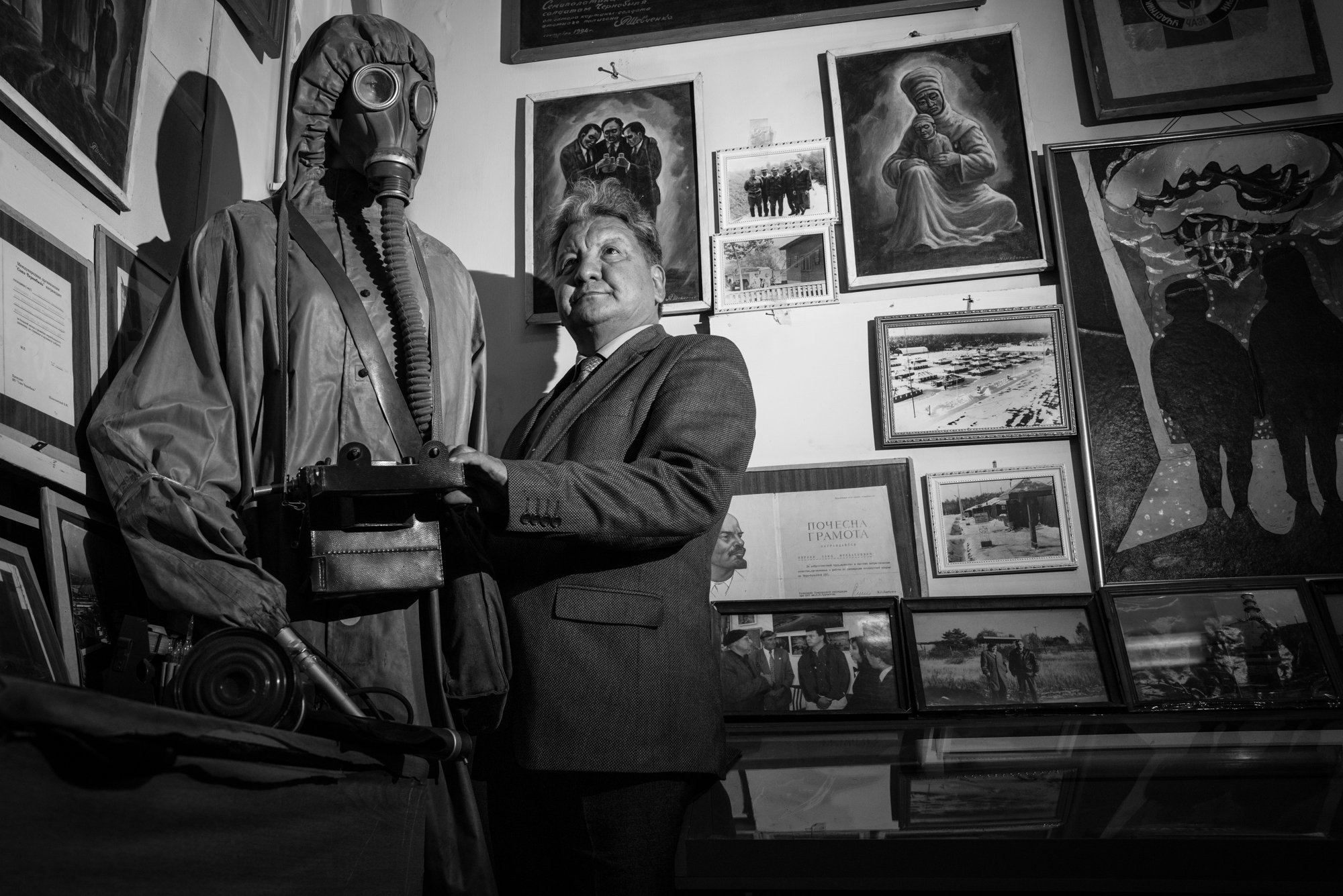

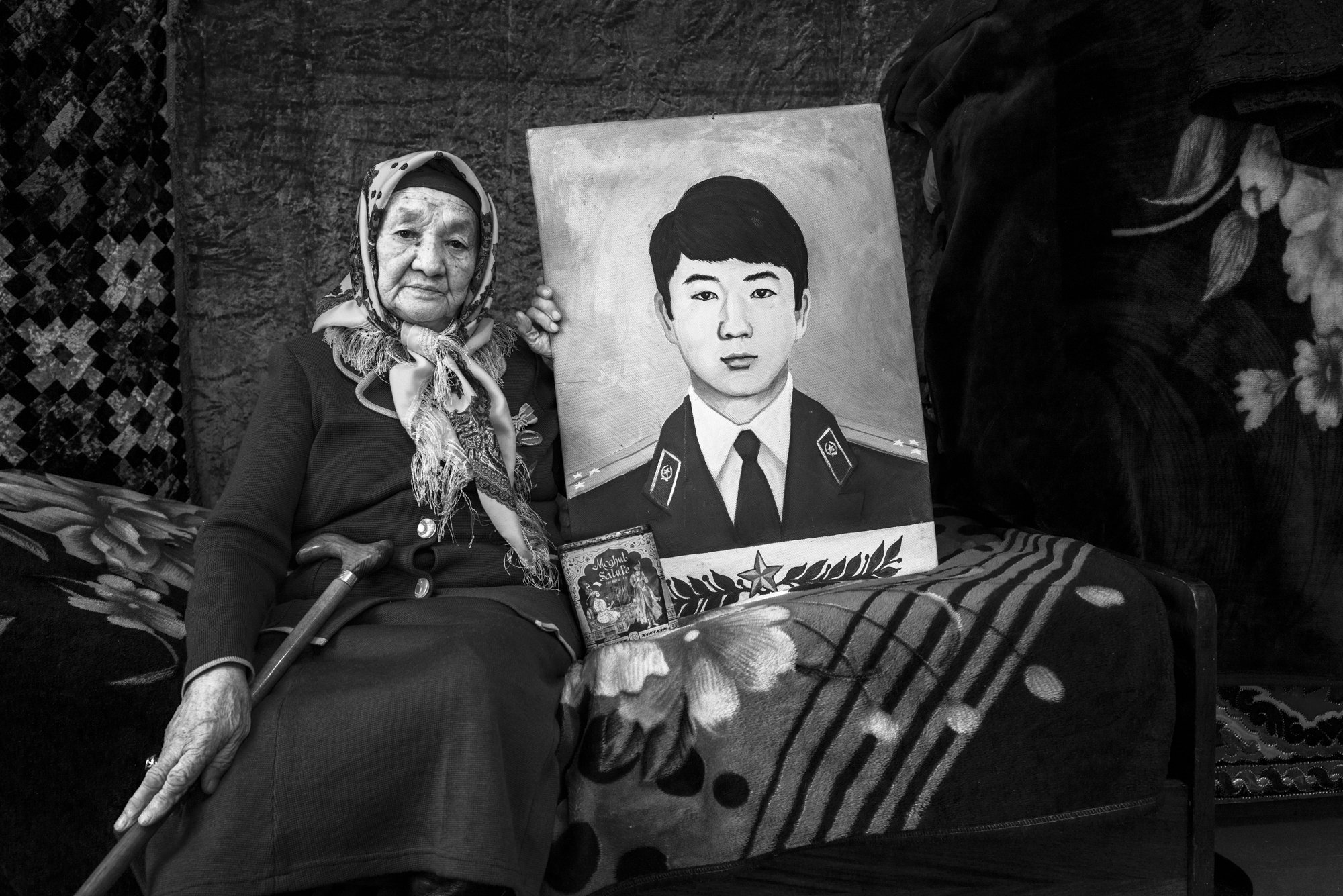
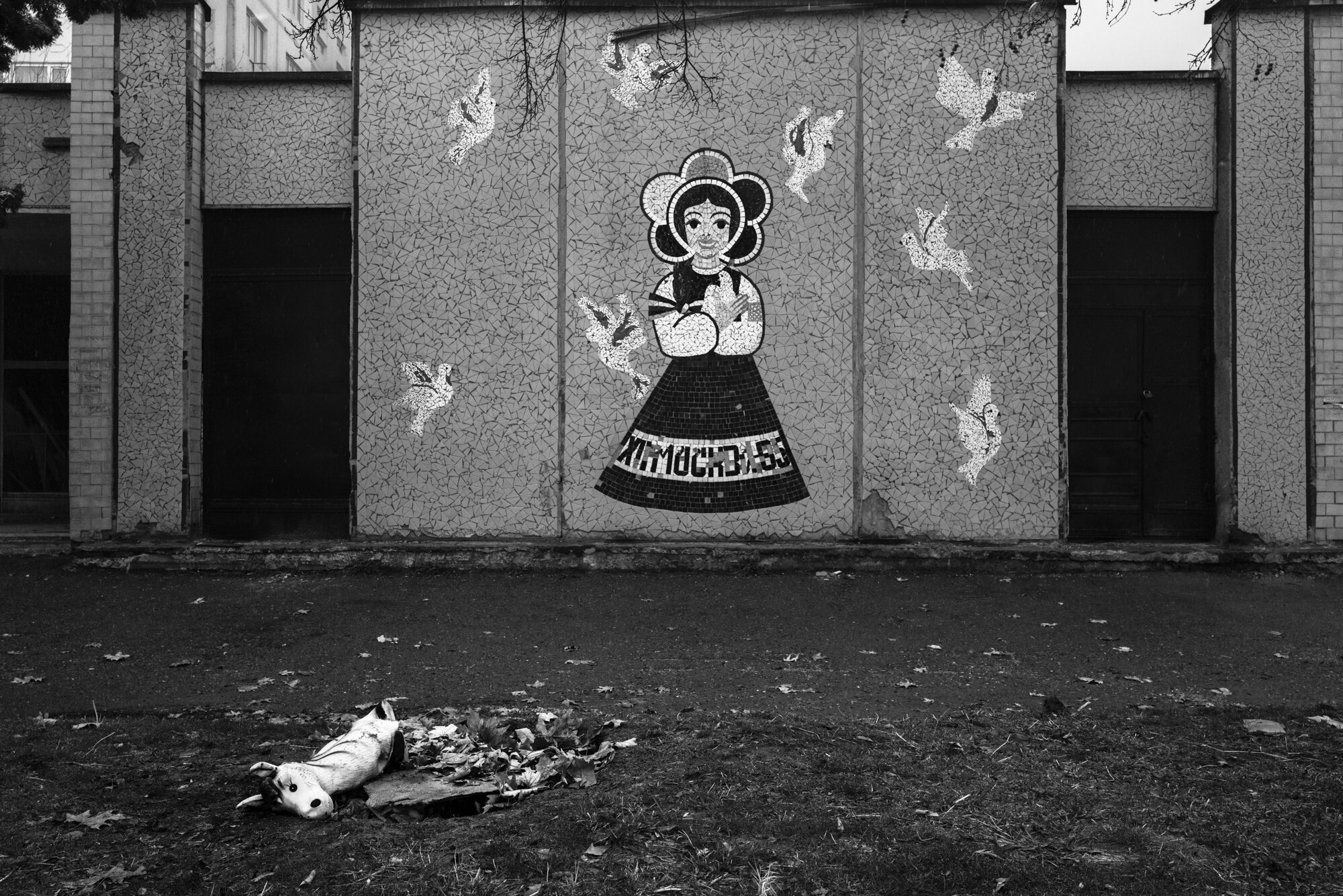
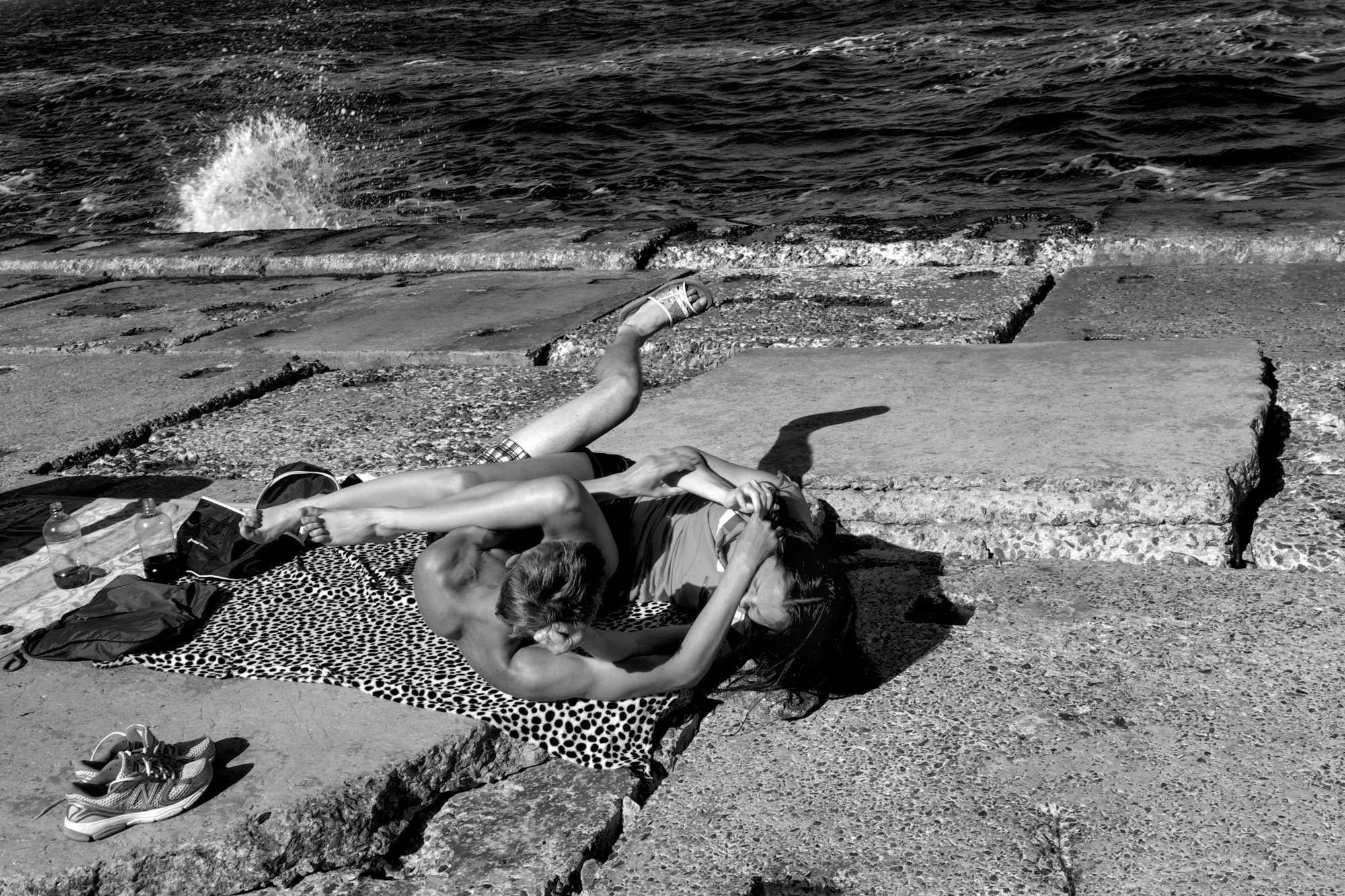

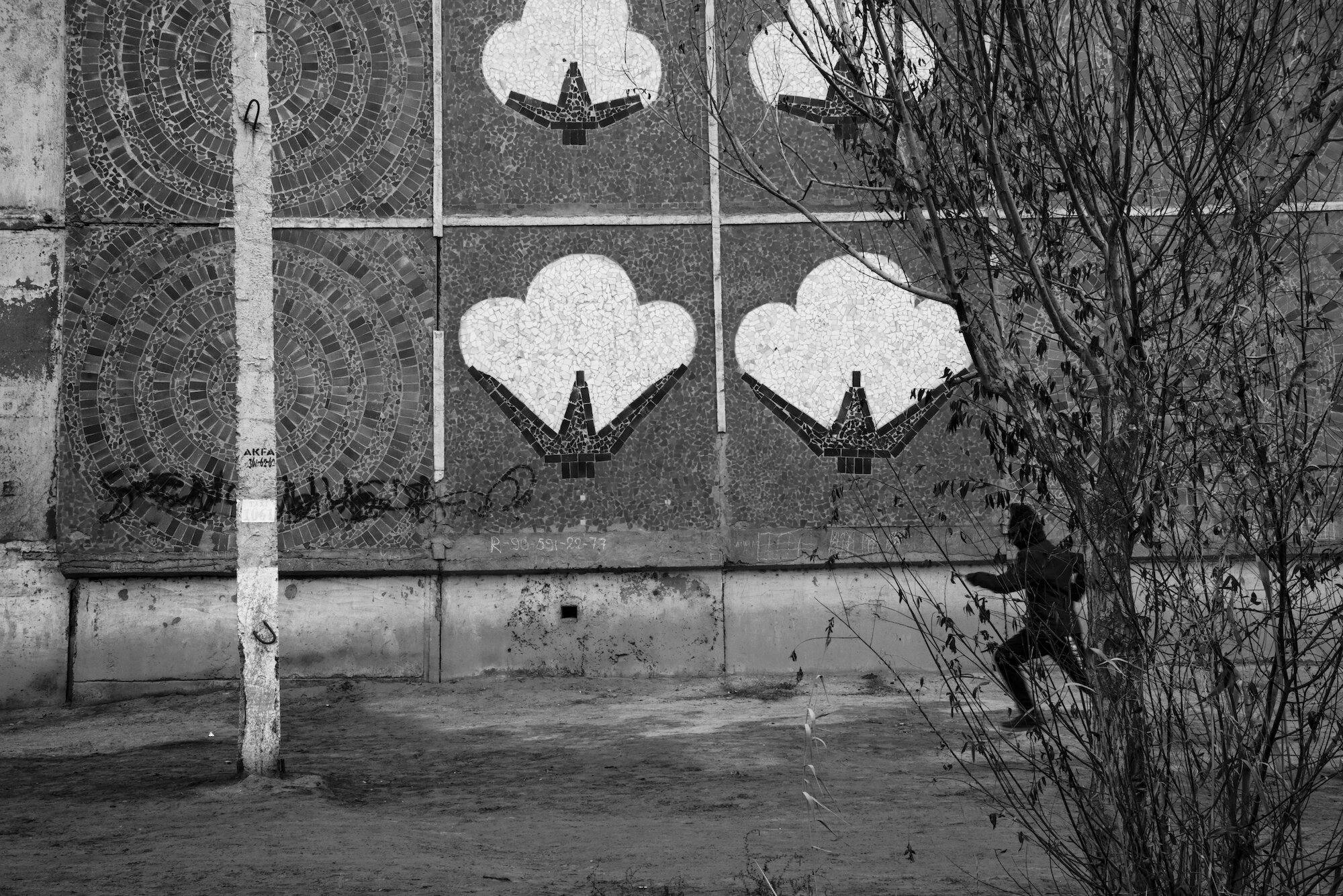
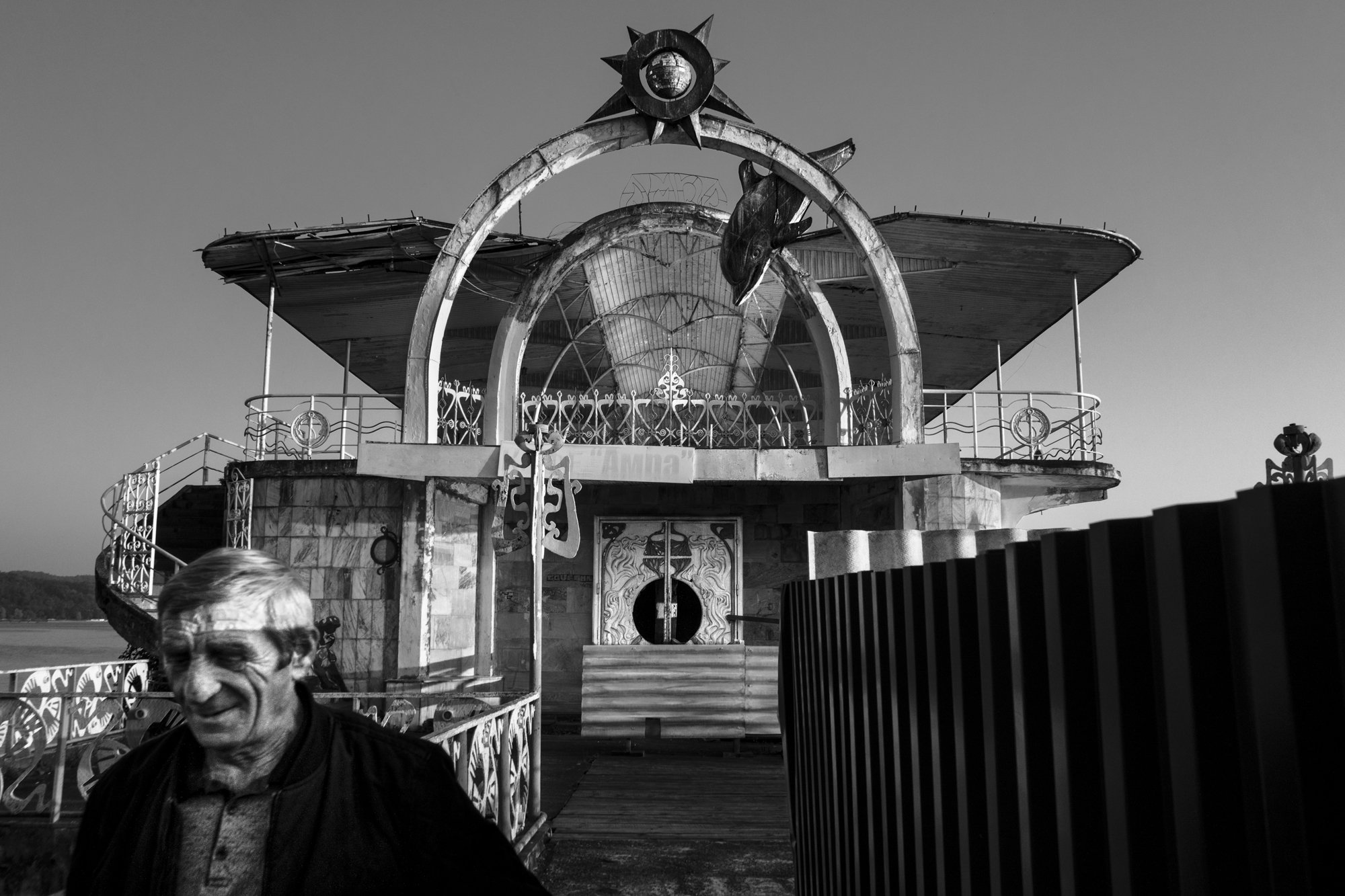
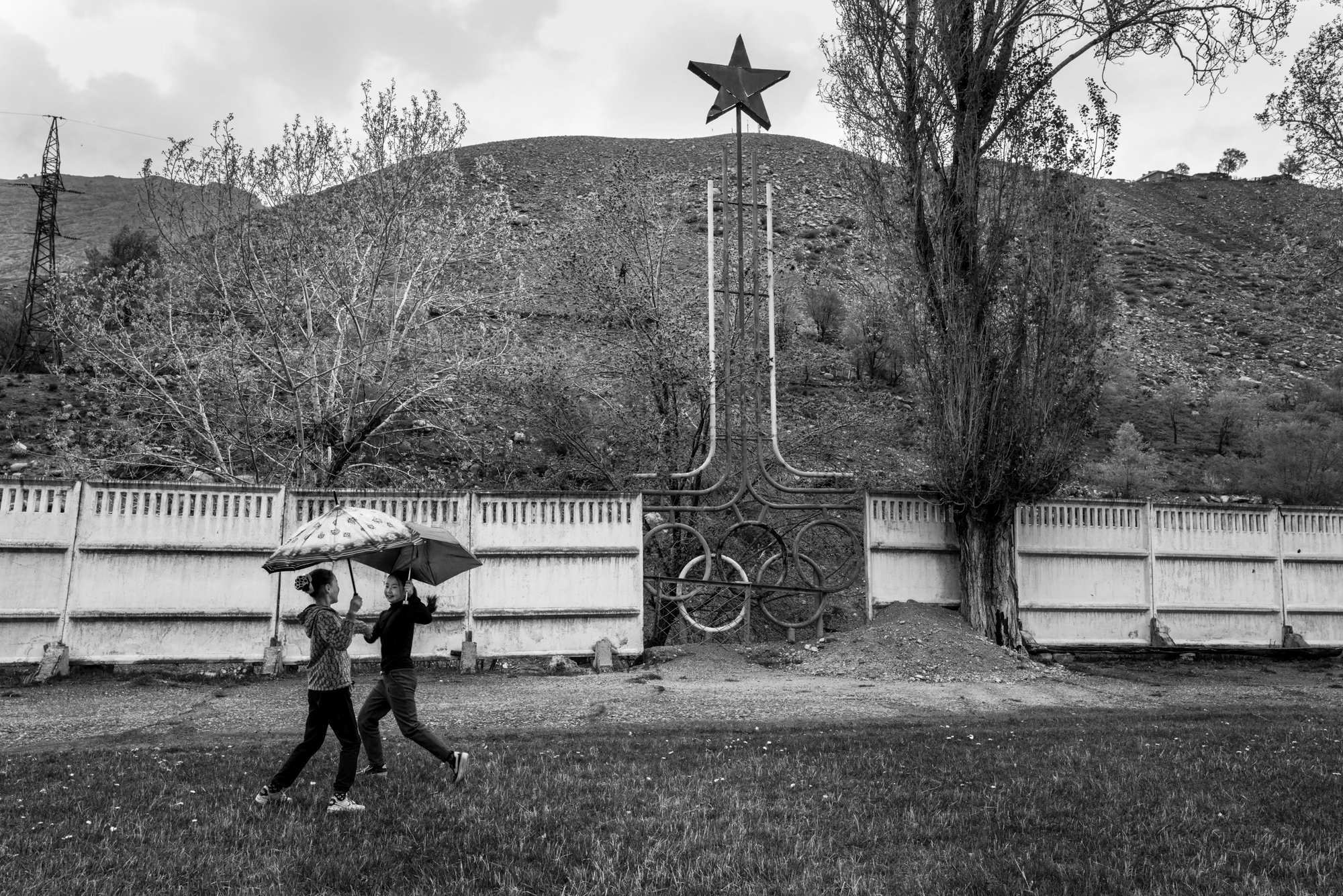
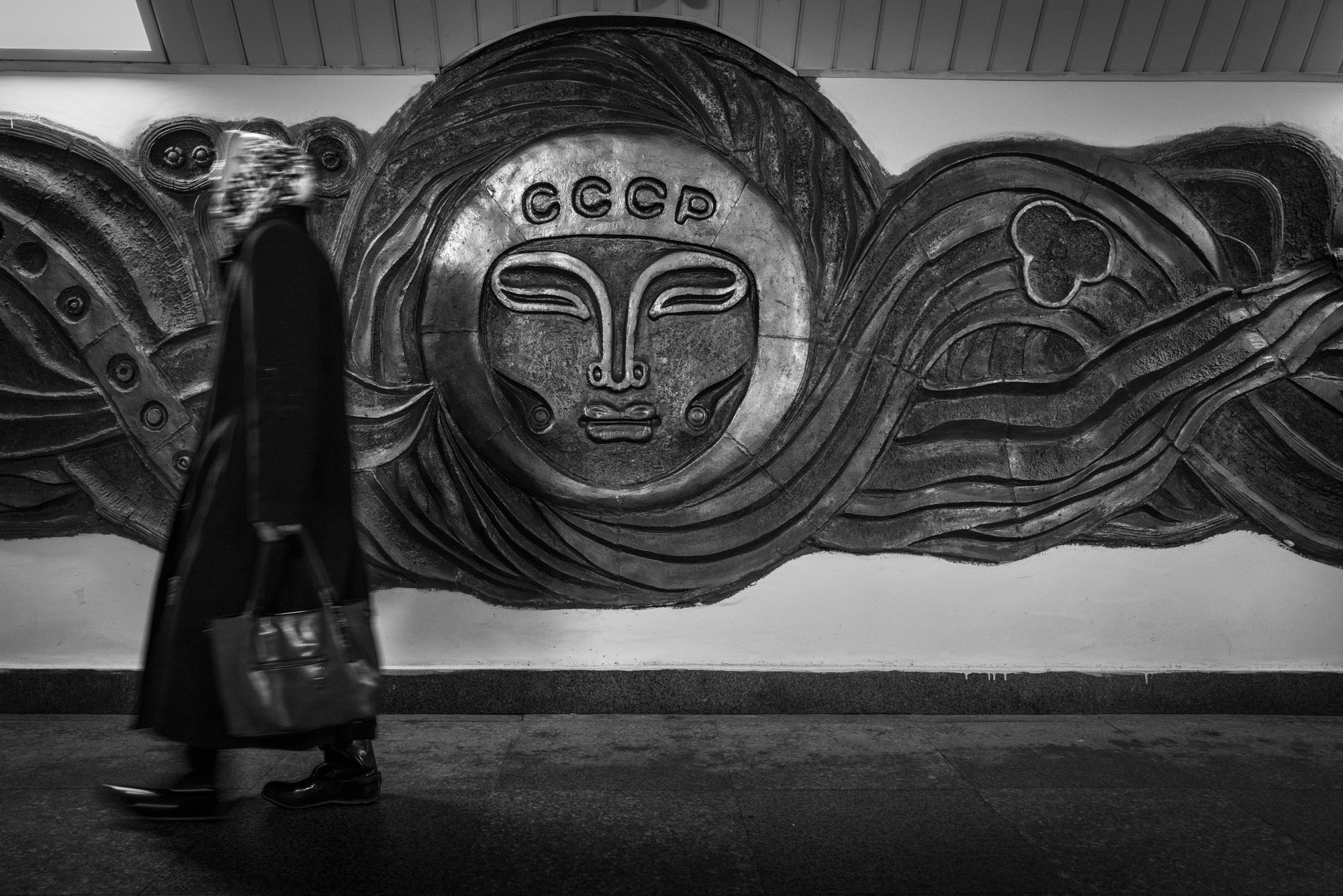
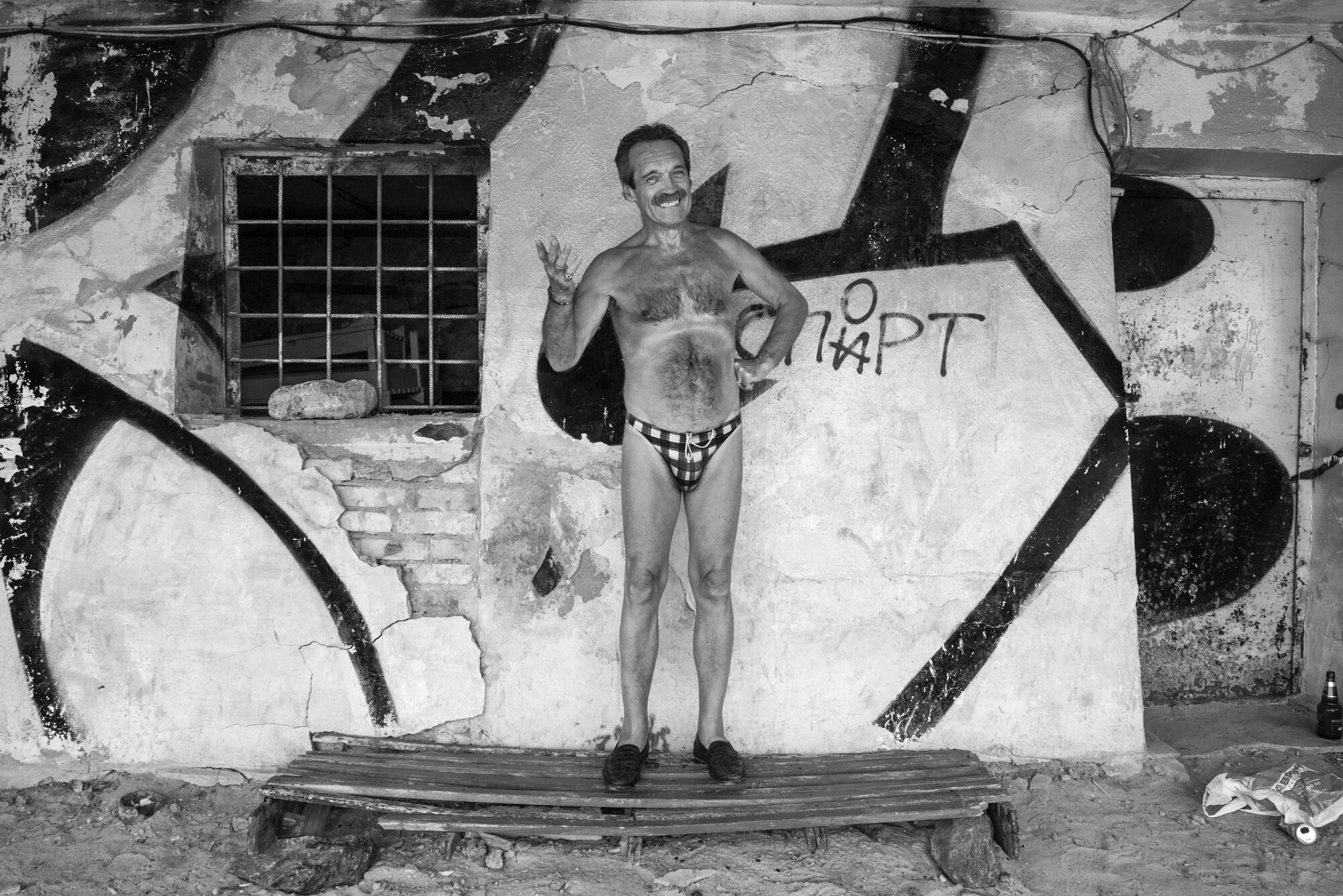

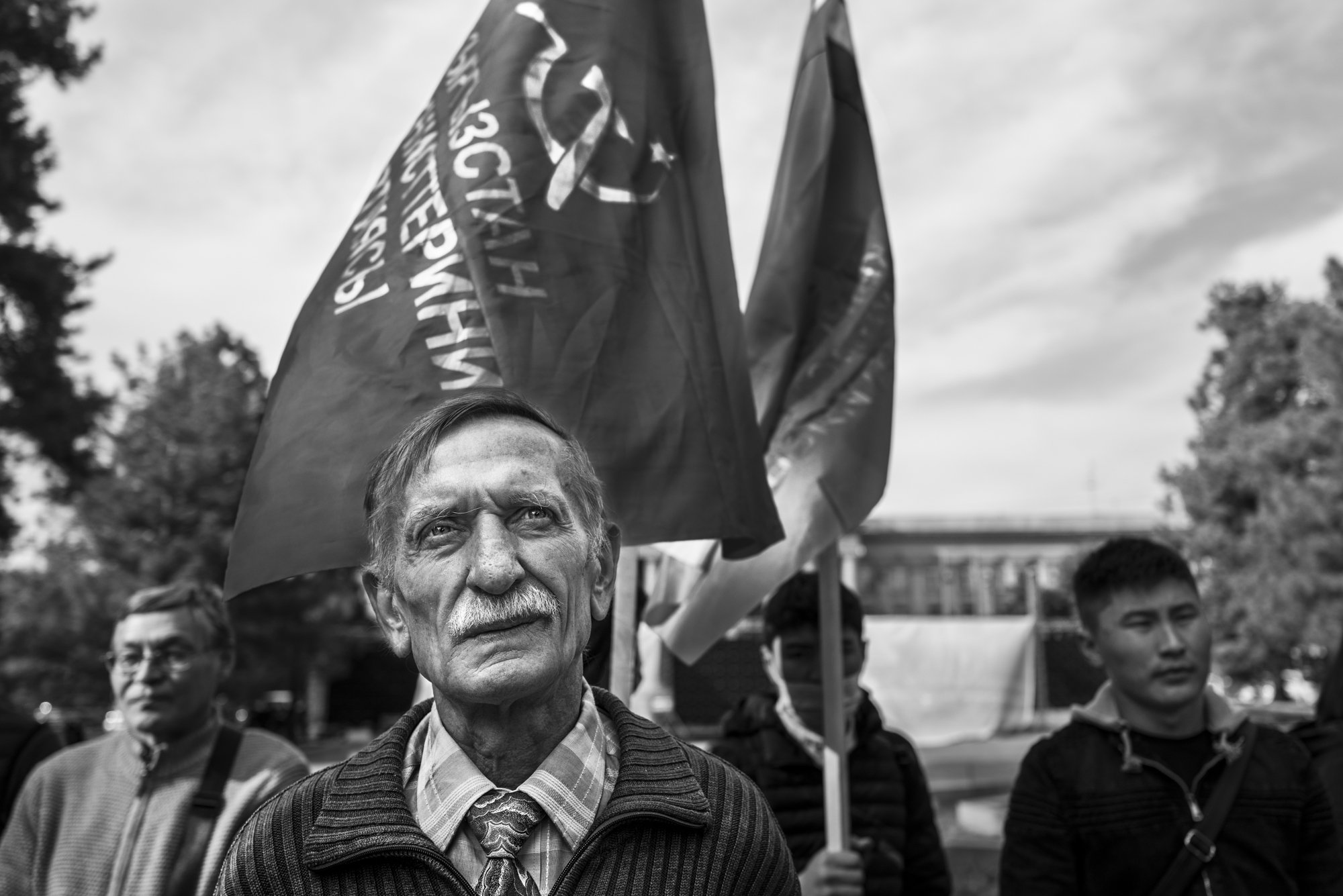
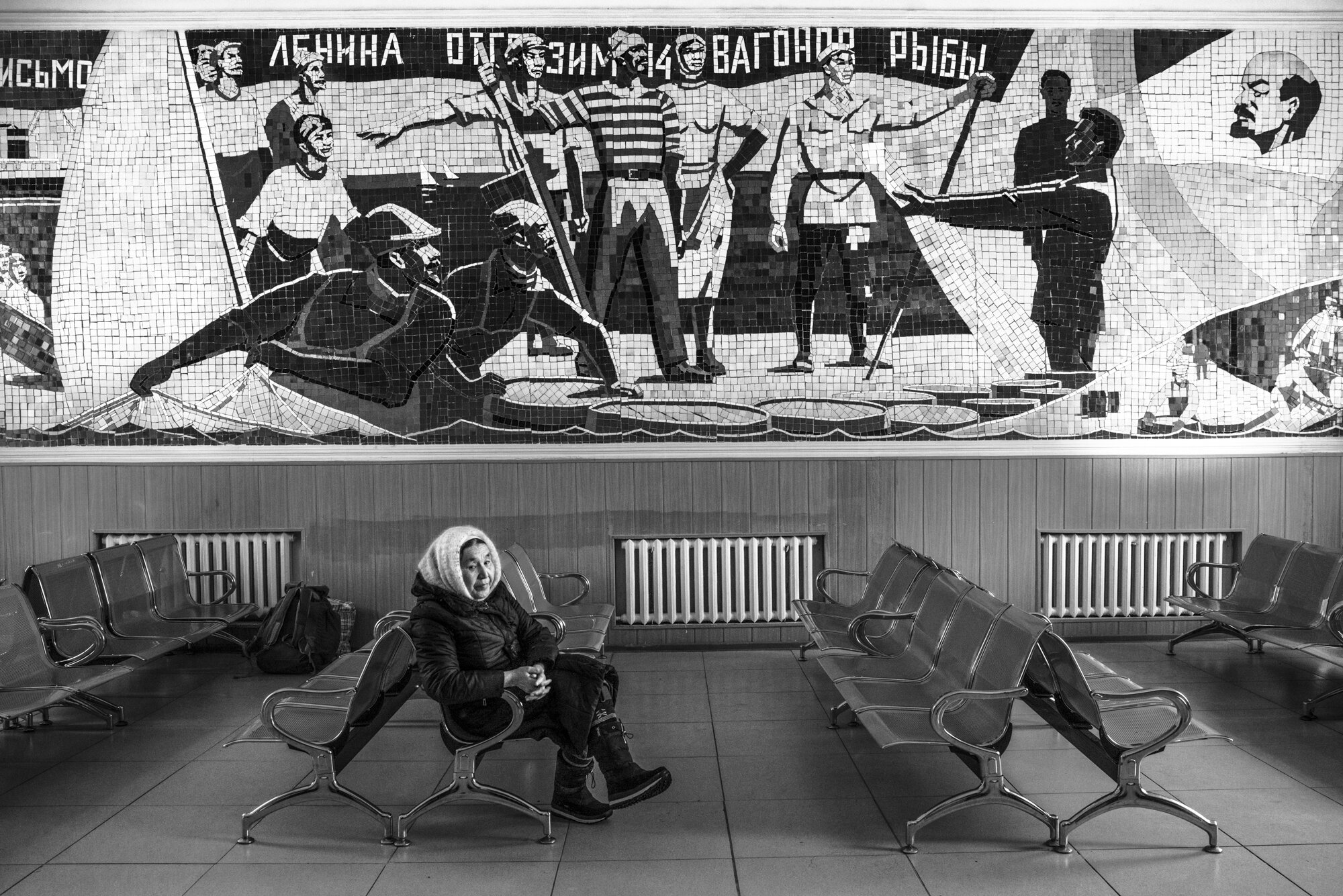
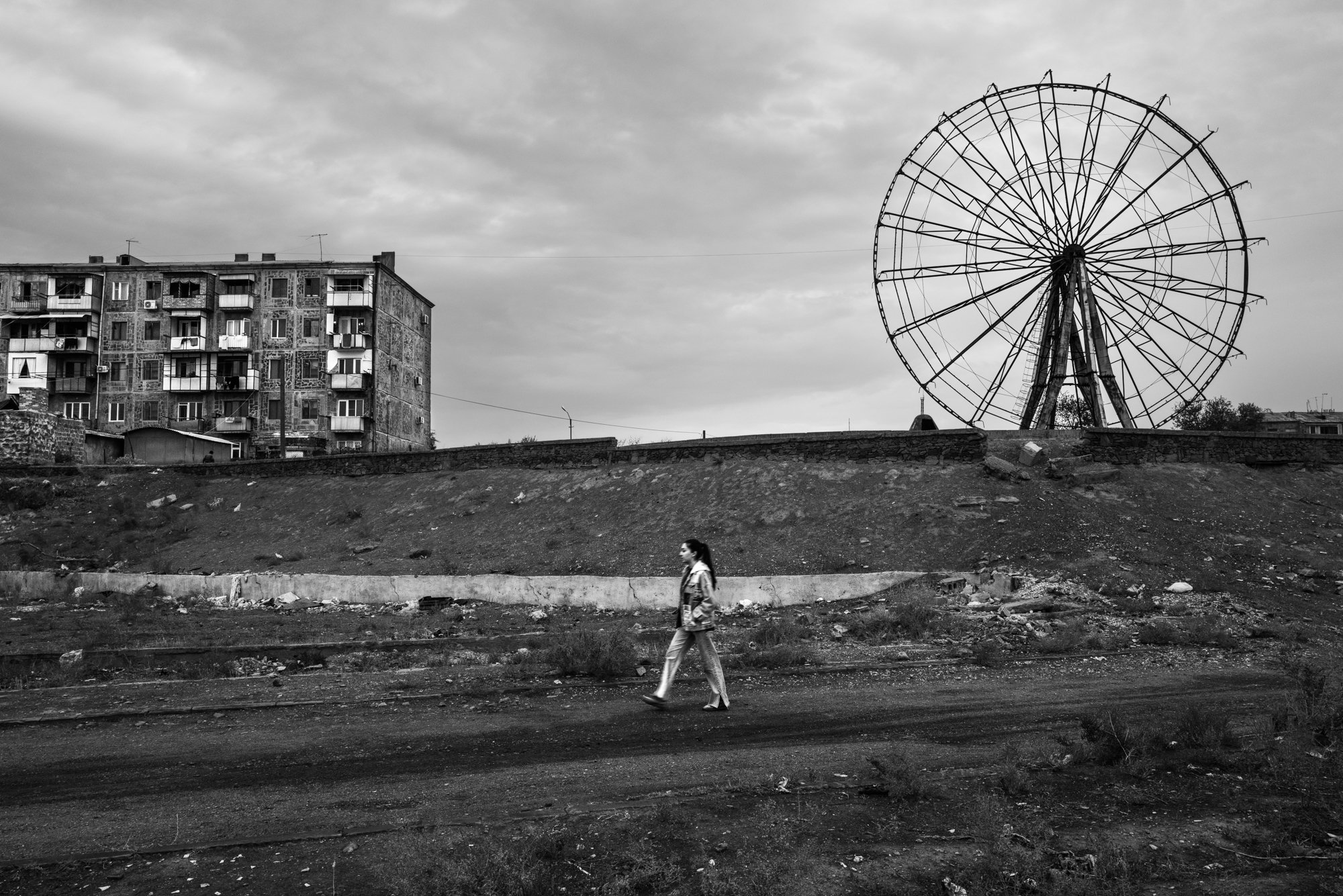


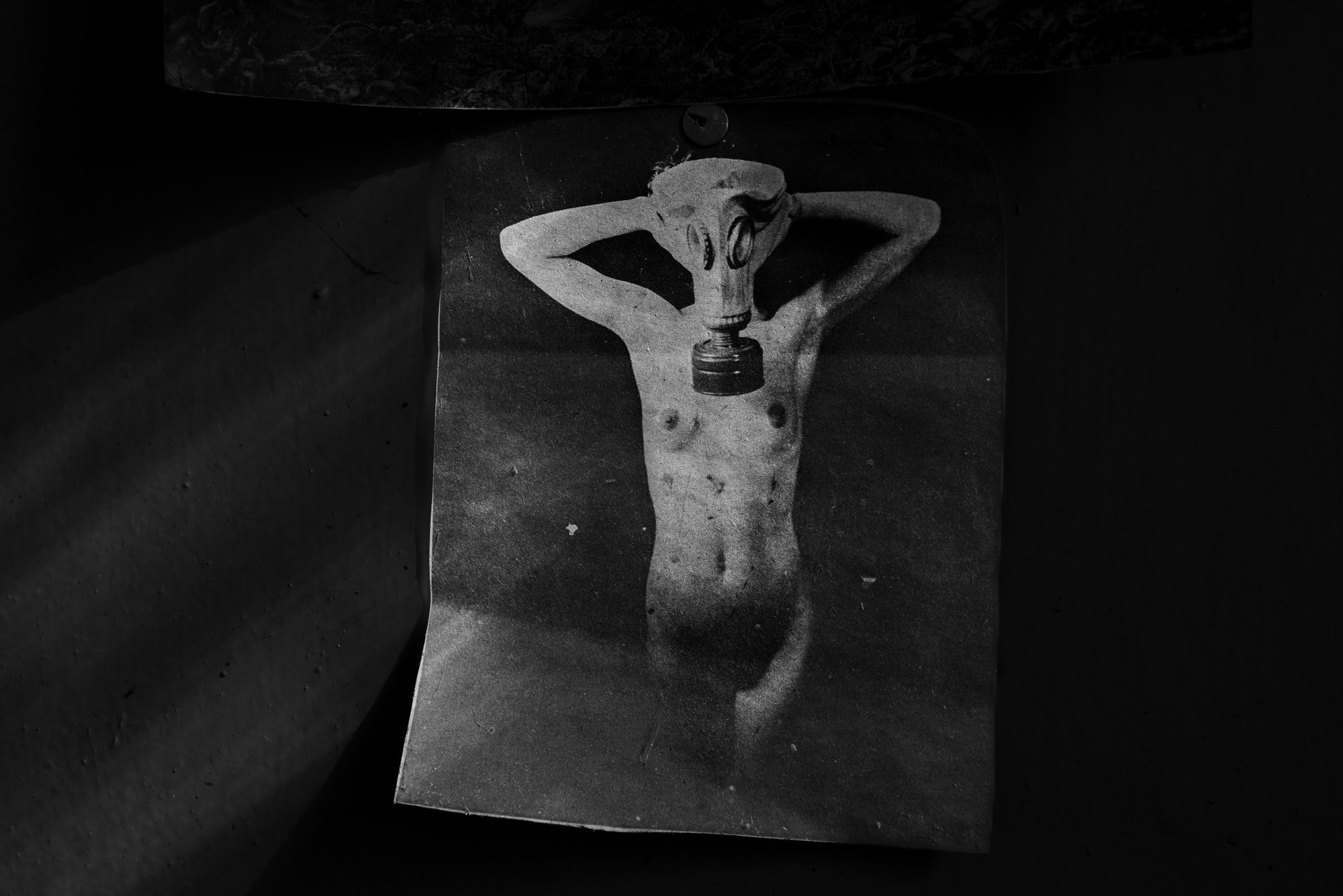

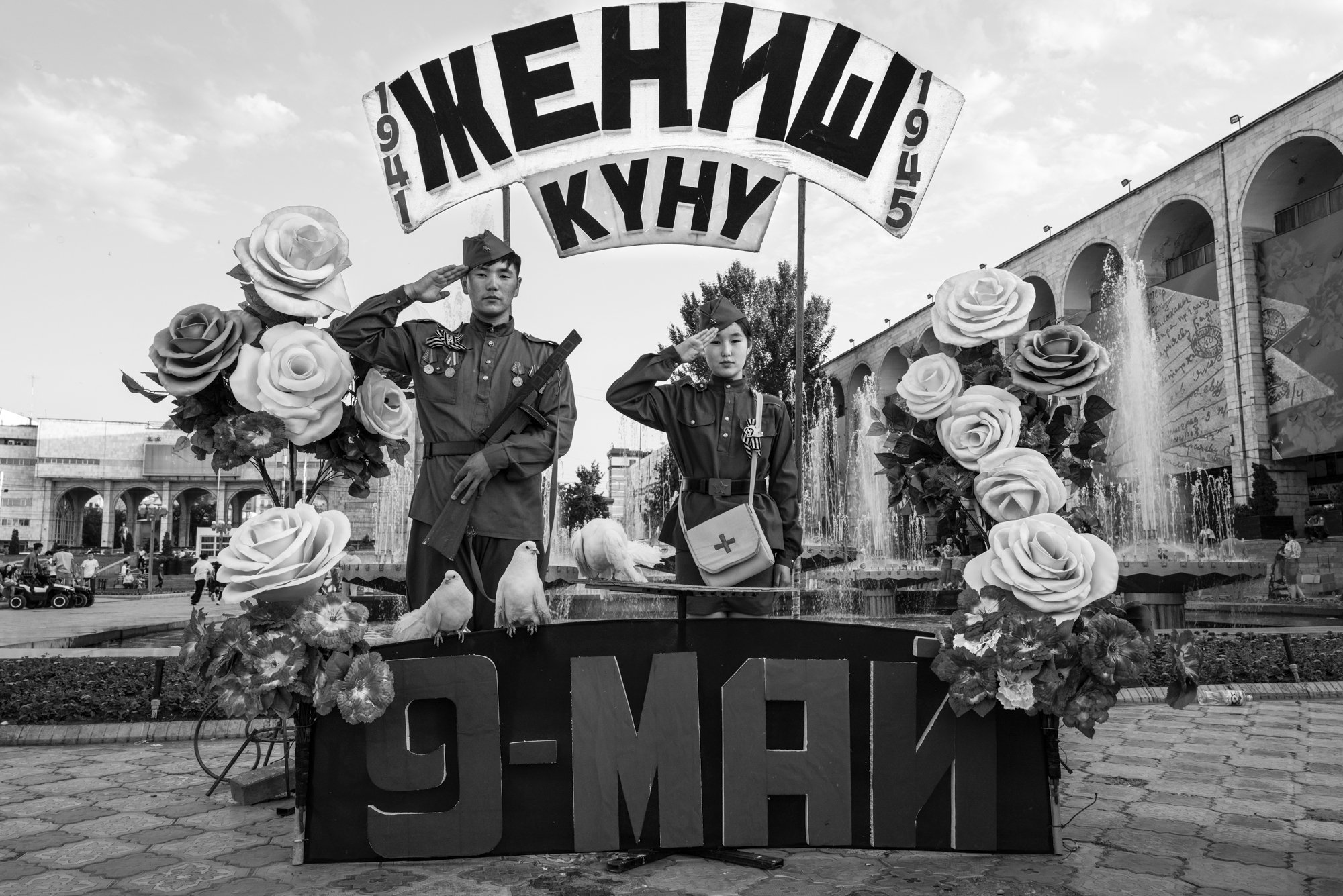
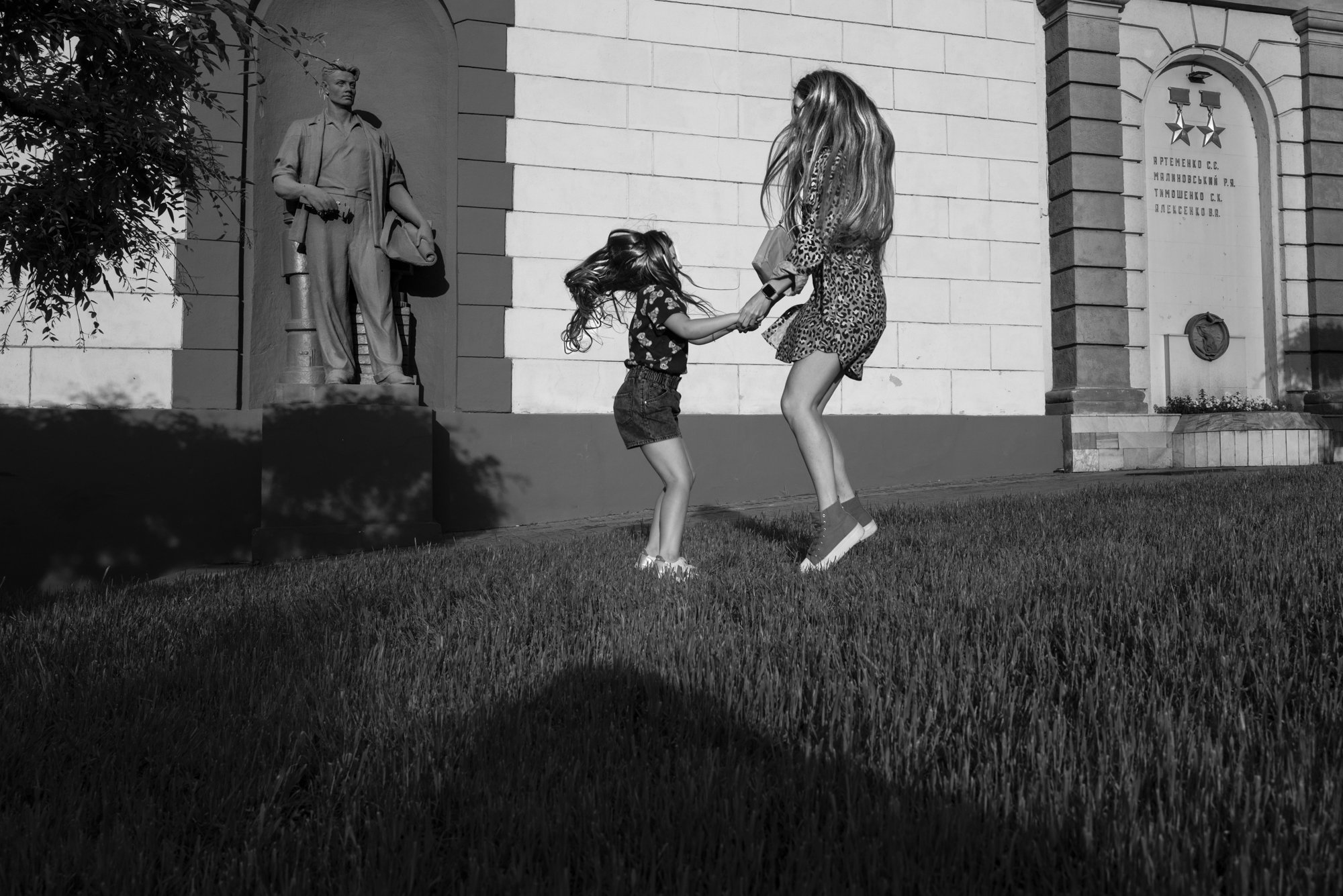

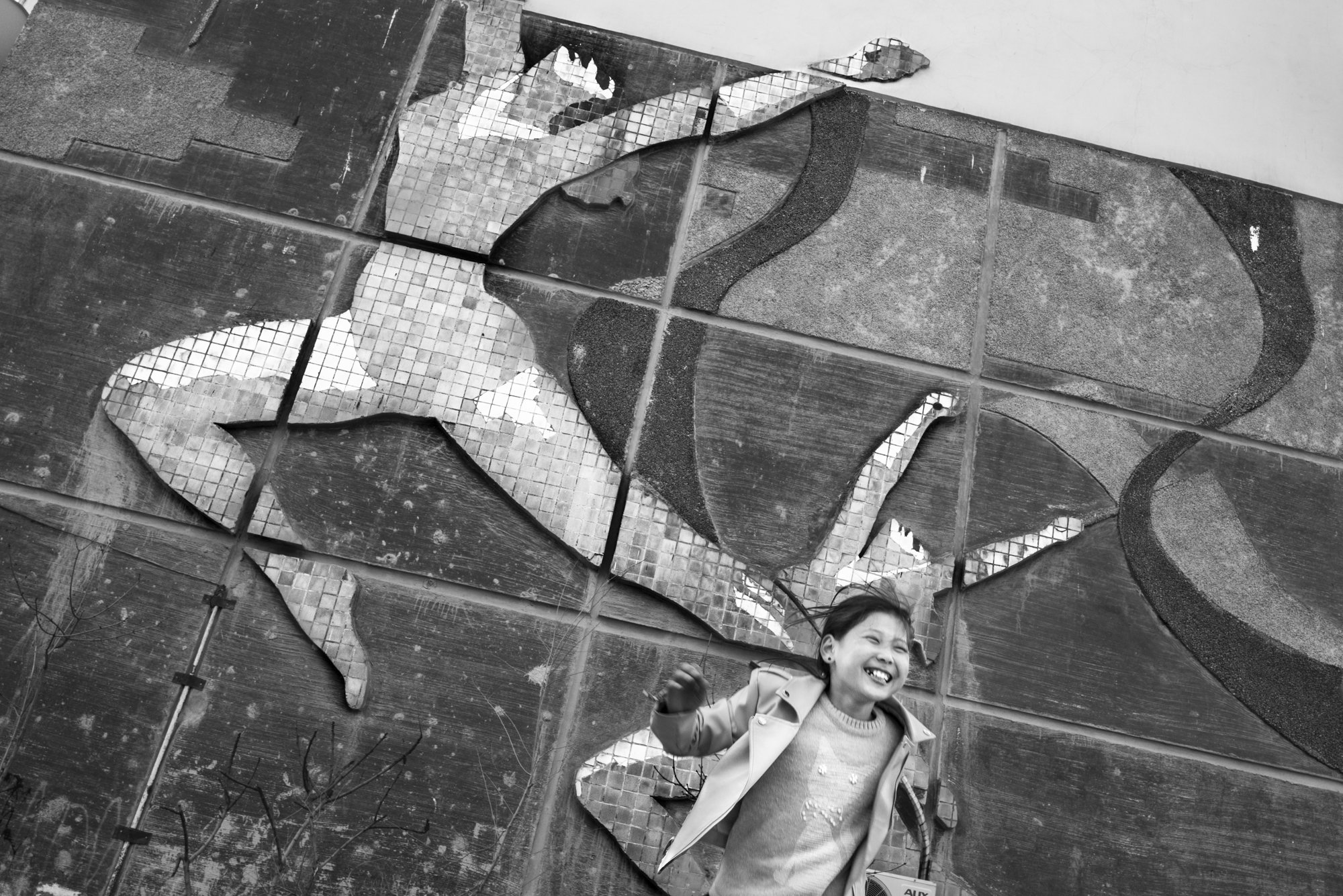

Thirty years ago, on the night of December 25, 1991, the Soviet flag was lowered for the last time over the Kremlin. This final act of a long dissolution was one of the most pivotal moments of the 20th century: the Soviet Union was dead at 69.
A world that wanted itself to be eternal and universal had dislocated and disintegrated. It left some impressive ruins and many conflicts and difficulties

This long-term ongoing project focuses on countries that gained independence after the implosion of the Soviet Union, mainly Central Asia and the Caucasus, with a diversion to pre-war Ukraine. It aims to build a memento, an archaeology of the future, to better understand the history of these spaces and, therefore, the troubled present. Three decades after its dissolution, the post-mortem shadow of the USSR still hangs over the world. Russia's tragic invasion of Ukraine is the last episode and constitutes a crucial turning point.

It explores diverse aspects of the Soviet legacy. It addresses environmental issues such as the enduring impacts of the Soviet nuclear testing program in Northern Kazakhstan, the catastrophic environmental fallout of the shrinking of the Aral Sea, and the state of disarray of former industrial or mining sites. It summons memories of past conflicts via accounts from veterans of the Second World War and Afghanistan, revealing the scars left behind.

This series does not claim to speak directly of this history. It only aims to tell the poignant, derisory and magnificent arc of it.
Diverse and interwoven stories form a fragmented and subjective portrait of a geographical and mental space. It reflects on political utopias, their corruption, identity and memory, and people's independence and resilience.
It does not deny or forget the crimes and predations of a corrupt and totalitarian system. But it aims to counter the oblivion of what was, sometimes, furtively and imperfectly, an attempt to build a utopia.

It speaks of metamorphoses when past and present merge strangely yet indecipherably. When two lovers gambol among the wrecks of the Aral Sea, when a young woman massages the bust of Marx abandoned in a corridor, or when, ironically, a Russian woman finds refuge in a Central Asian country formerly colonized by the USSR and dearly wishes the victory of Ukraine.
These images are a tribute to hopes, disillusions and the people who lived through them.